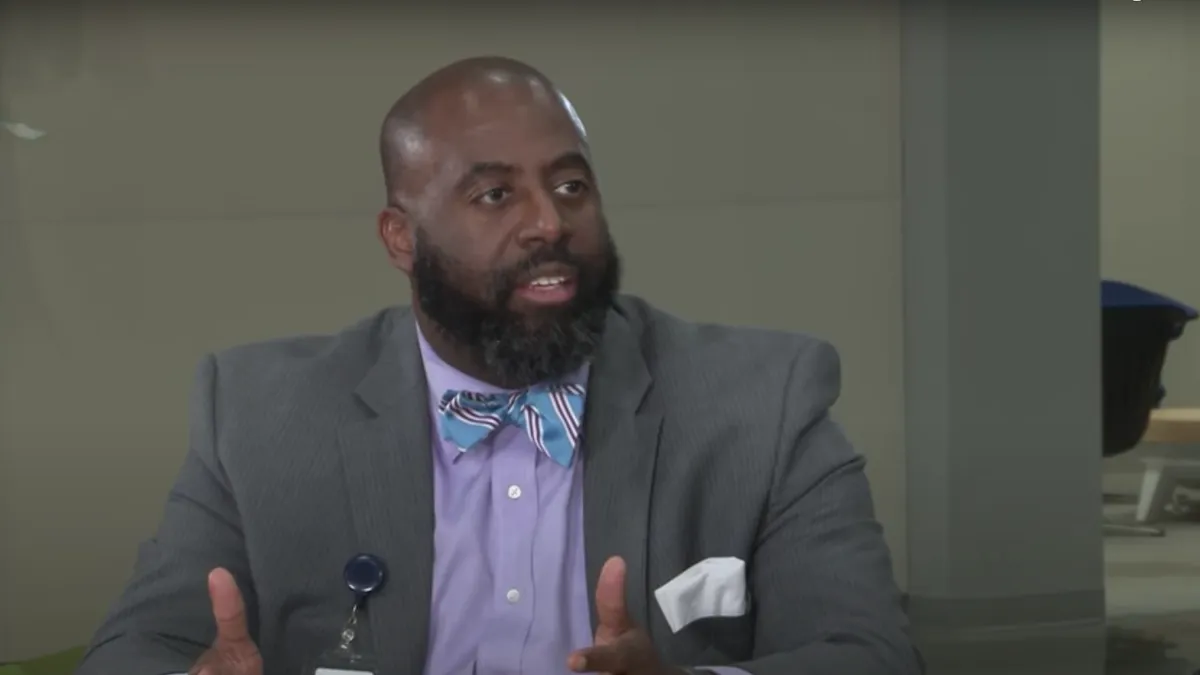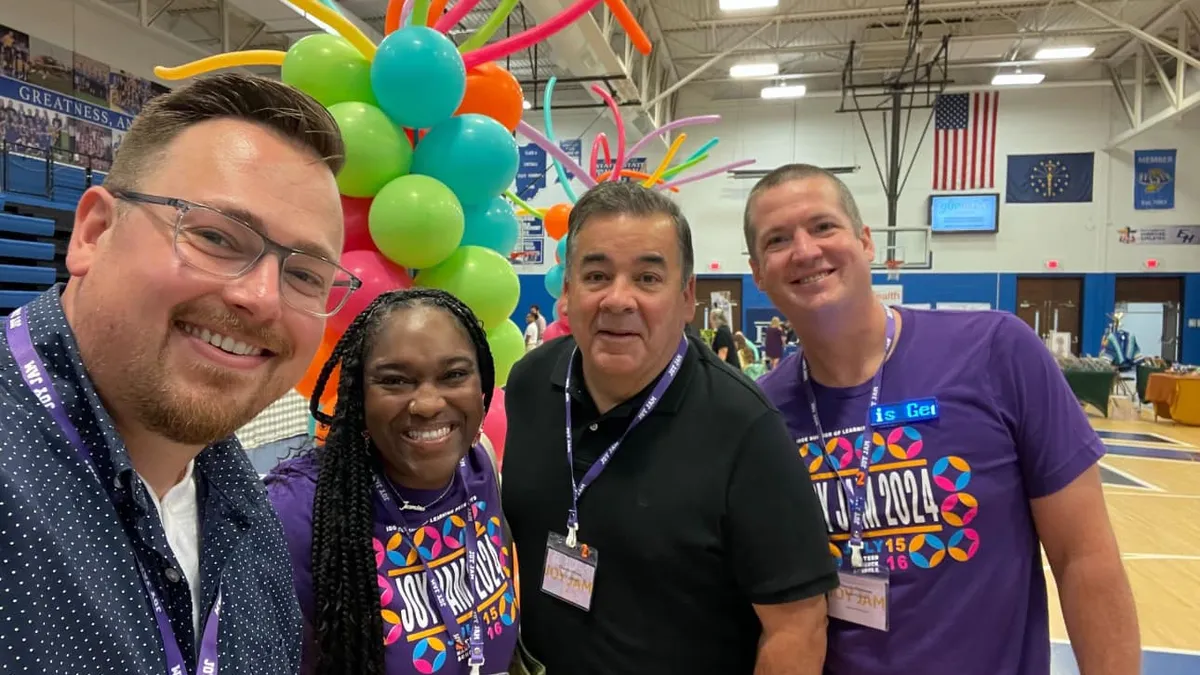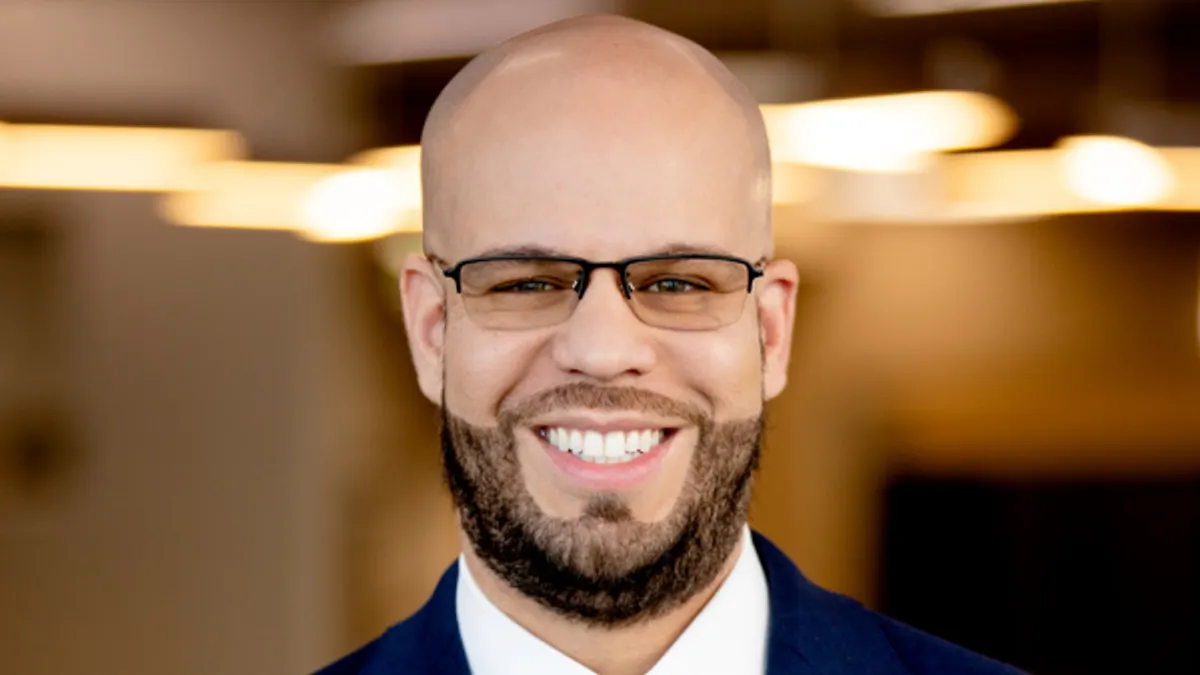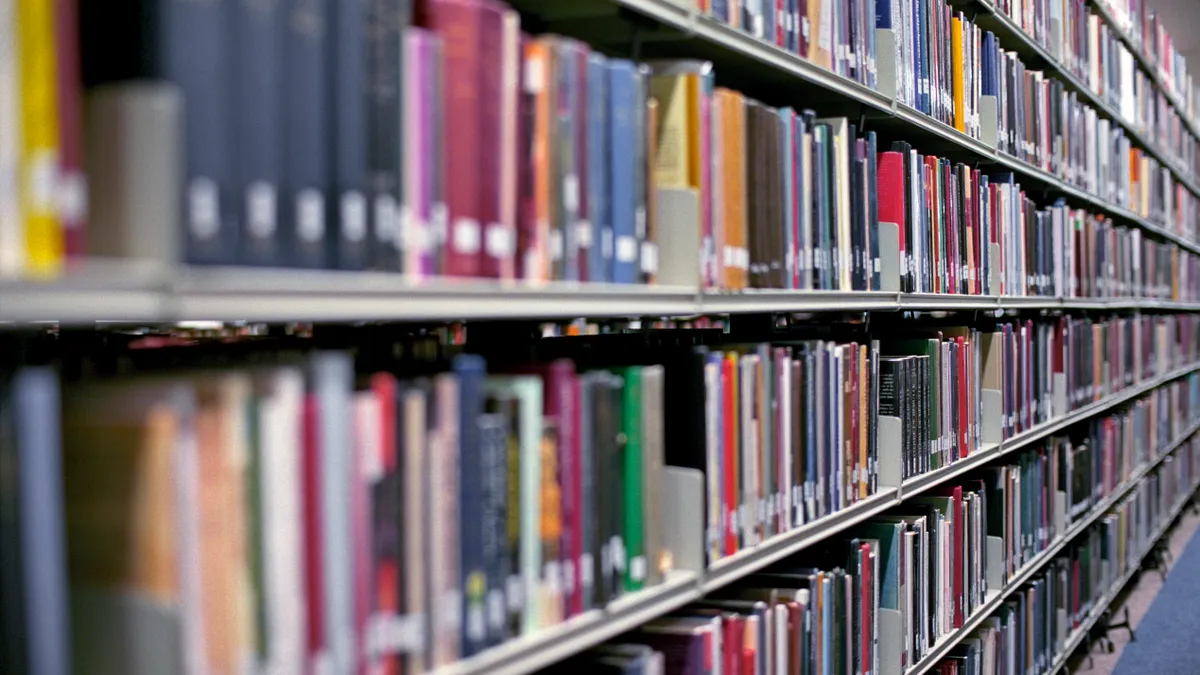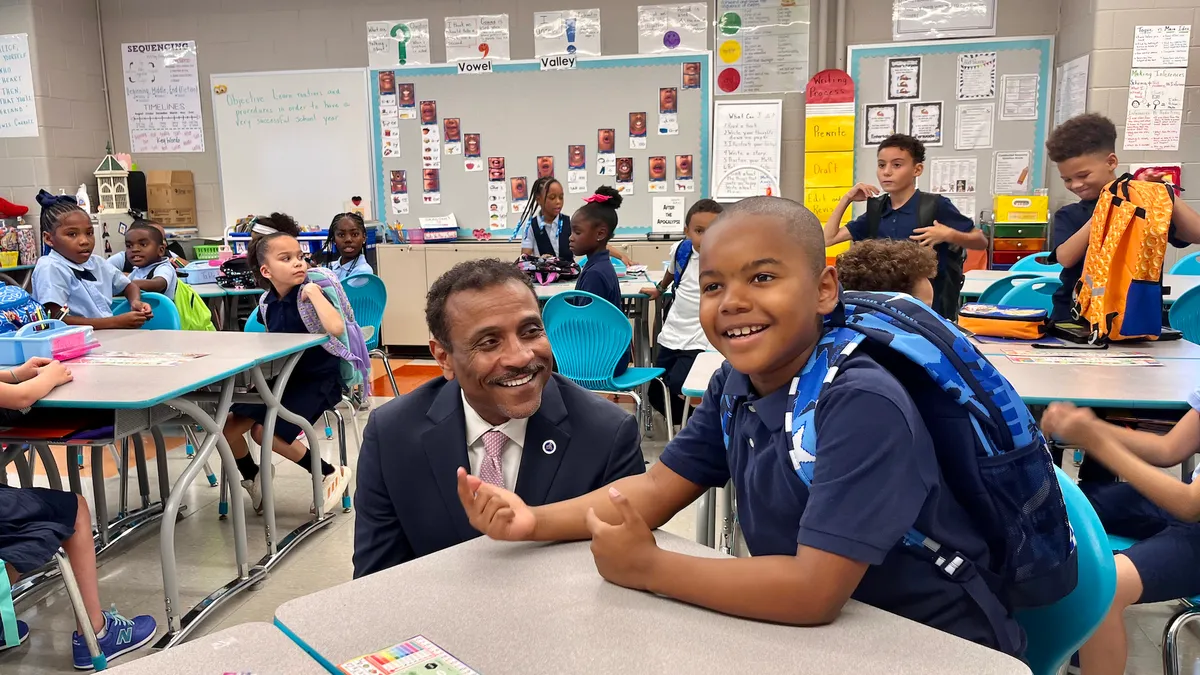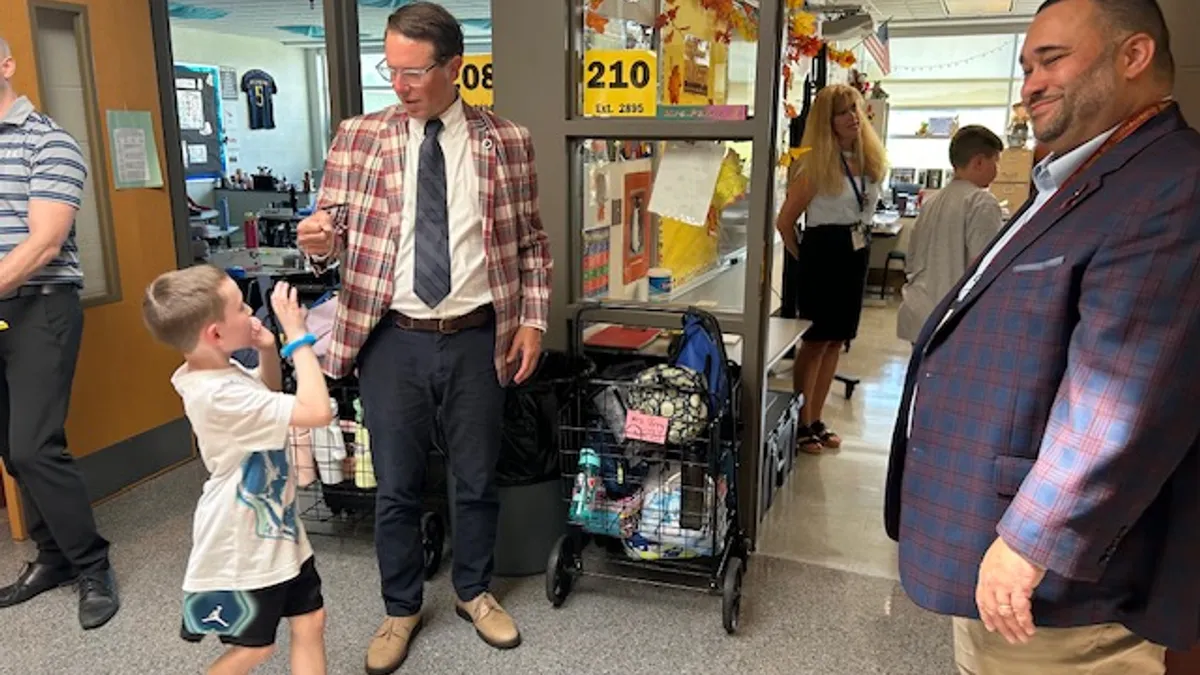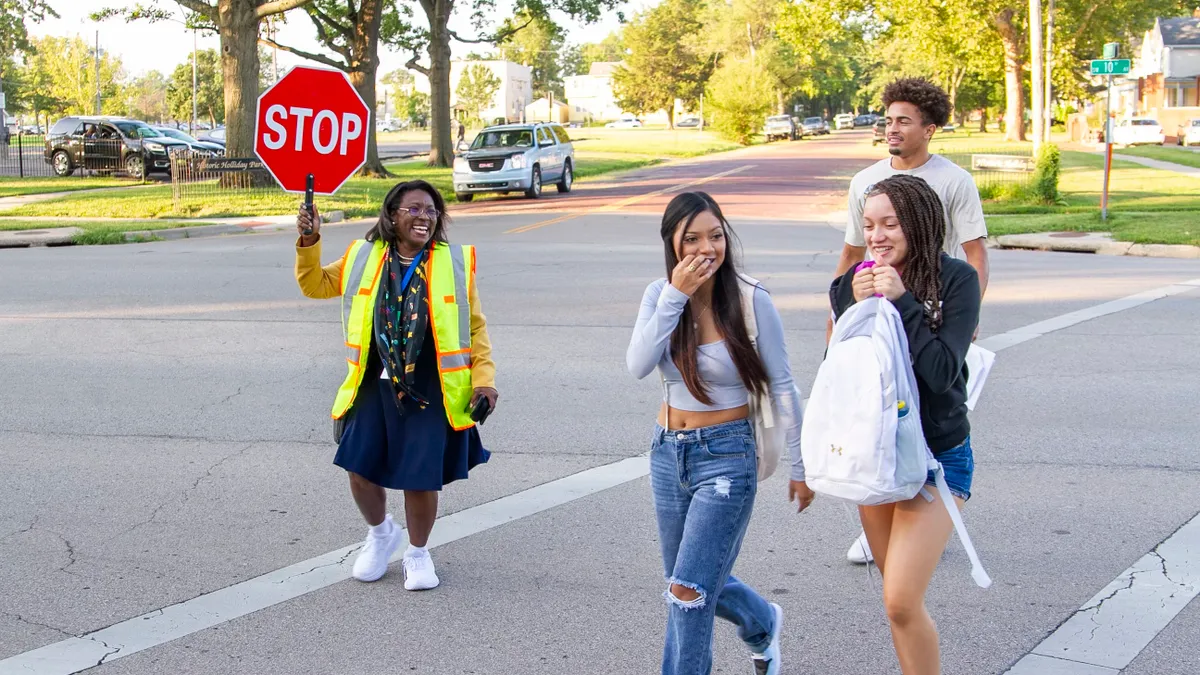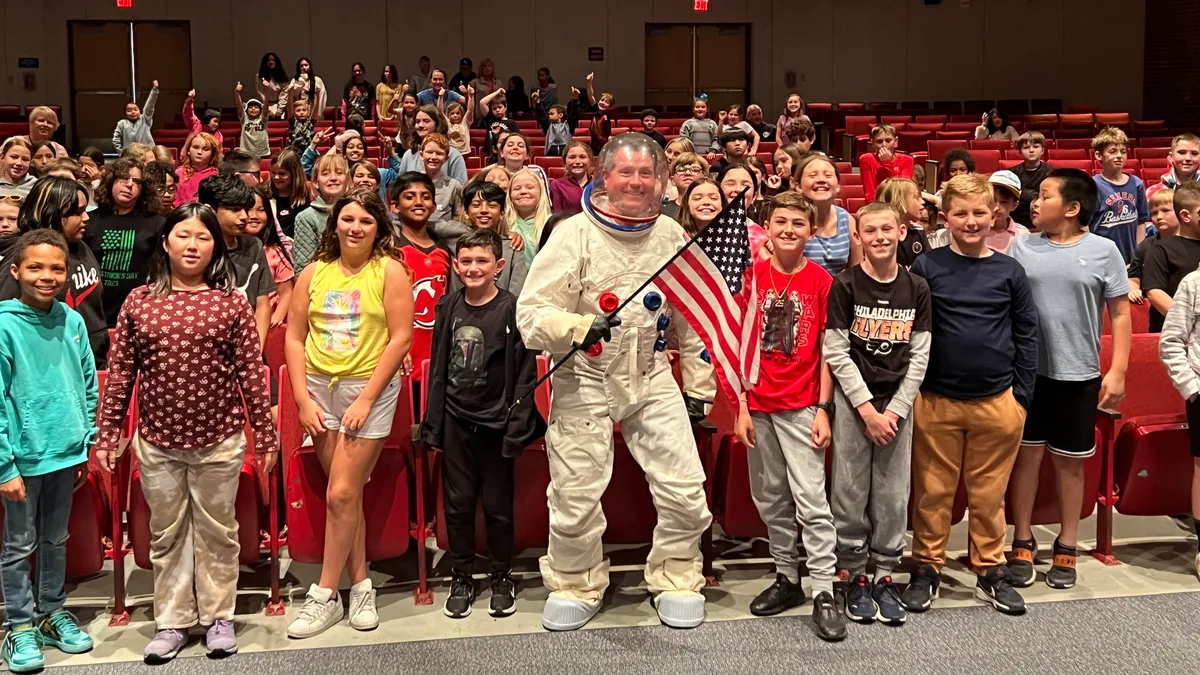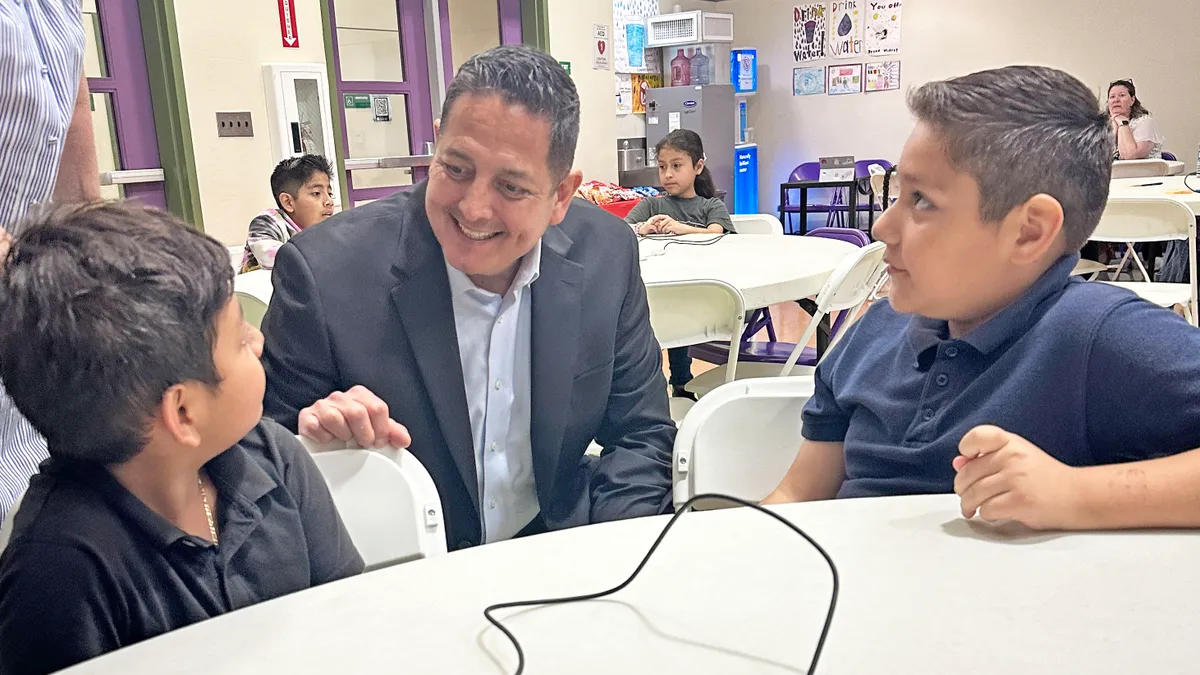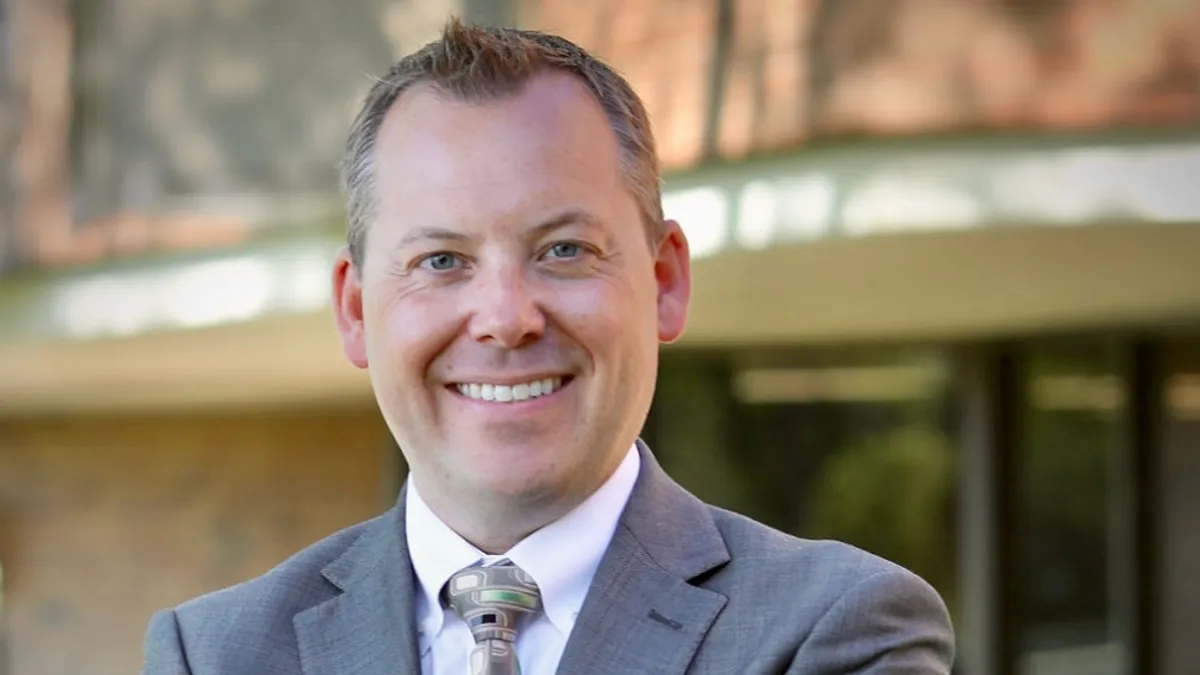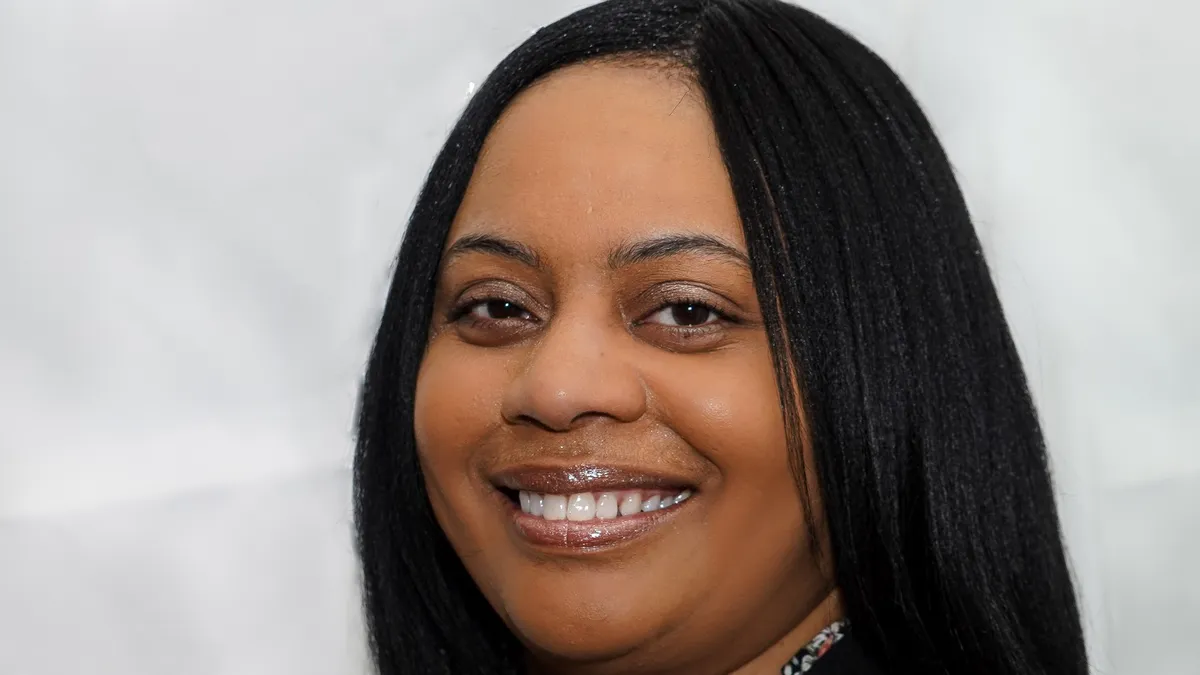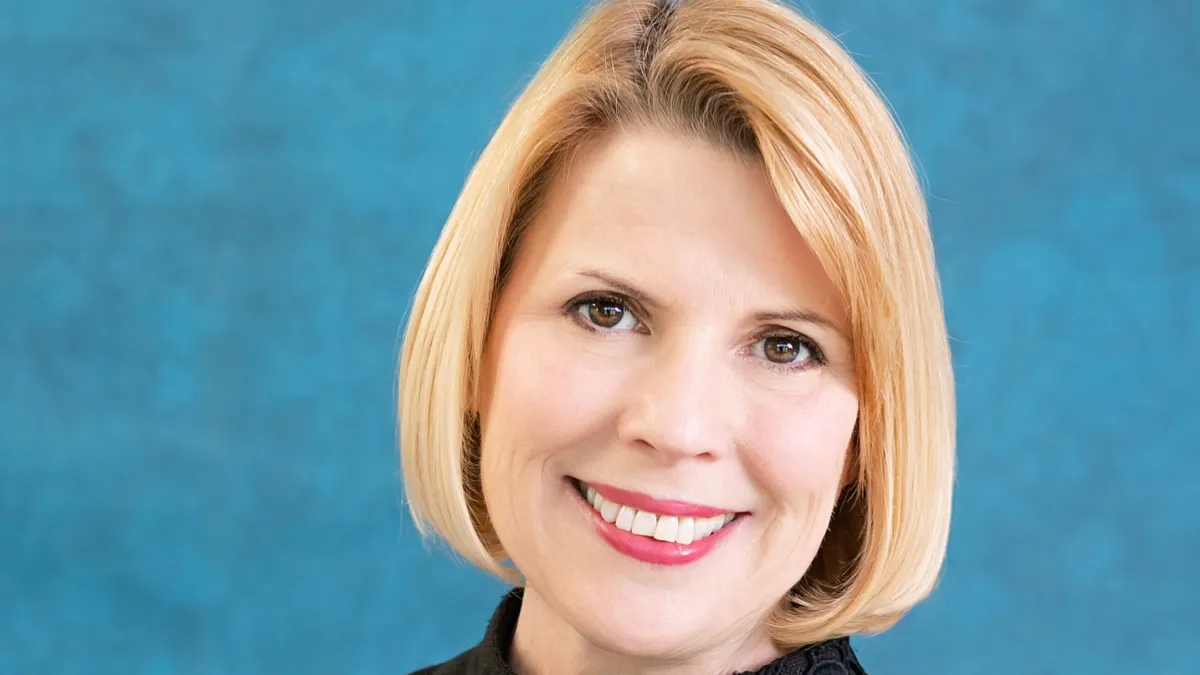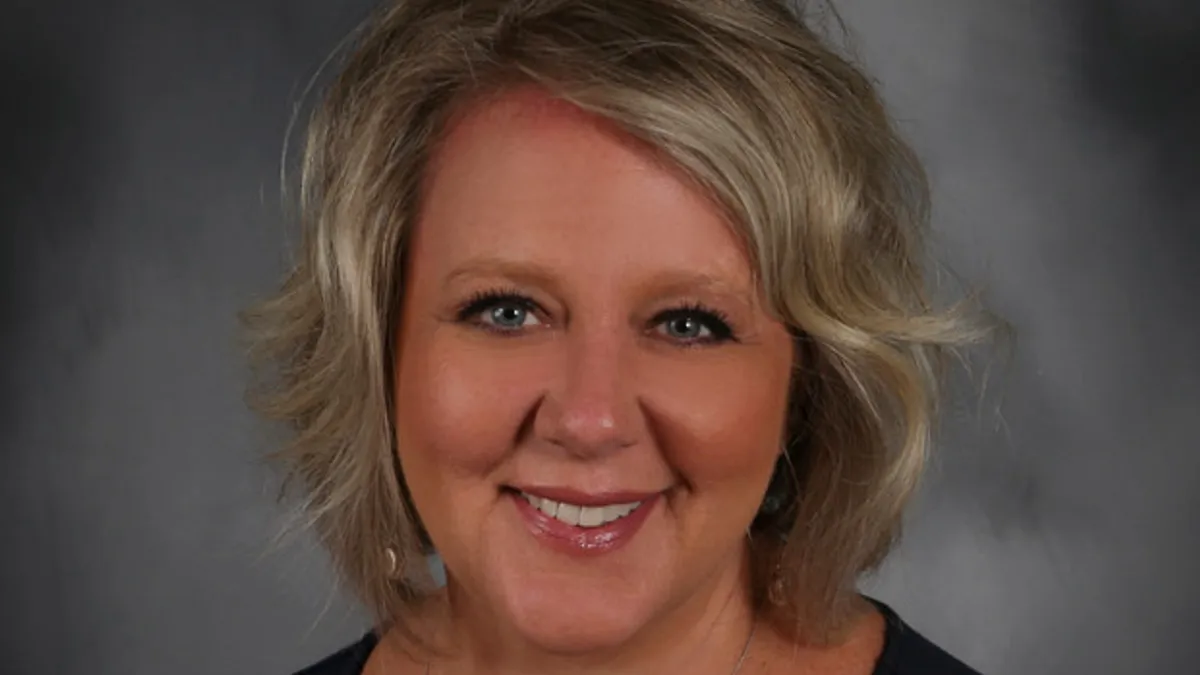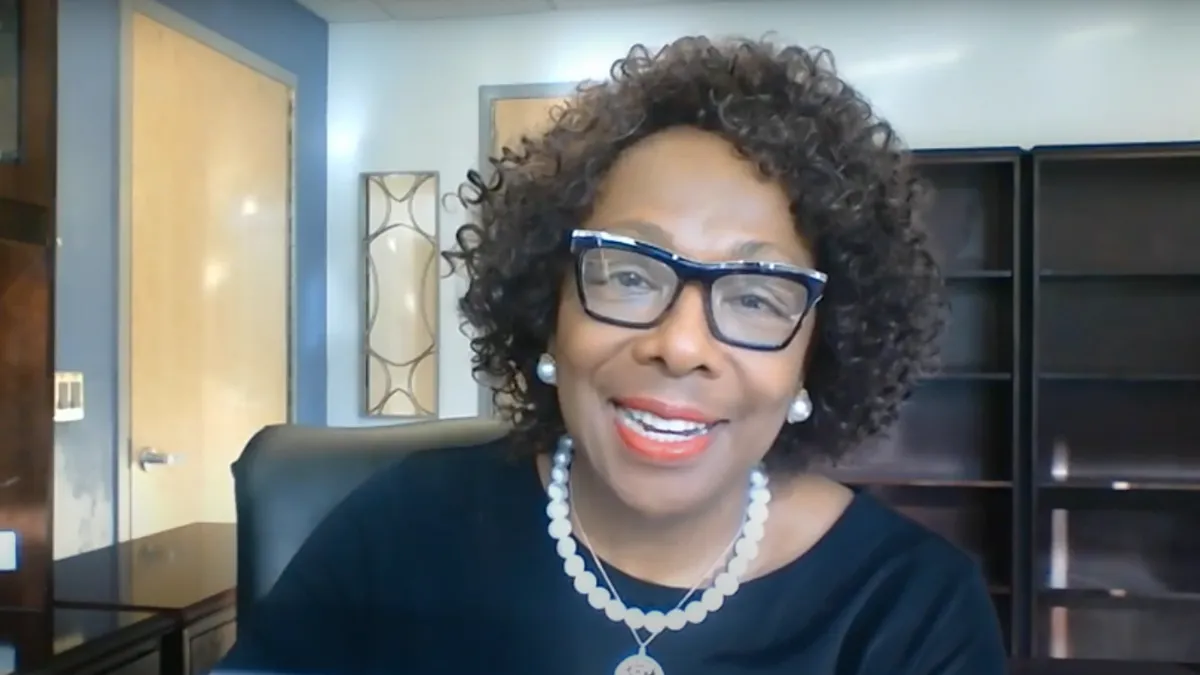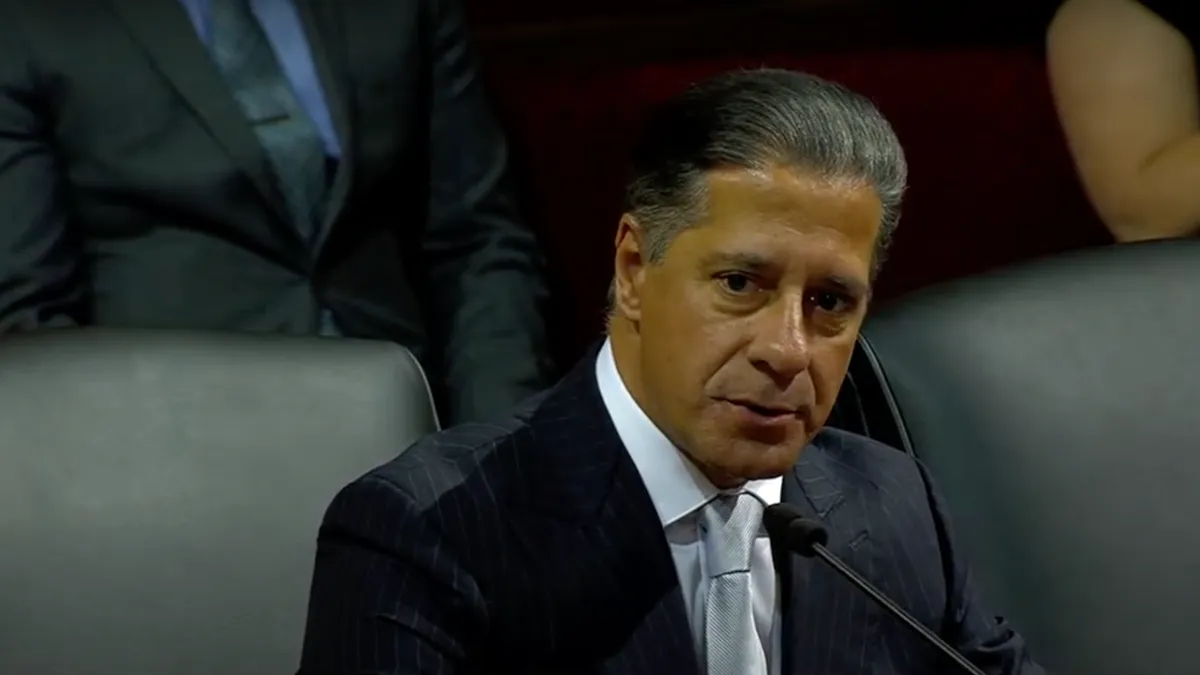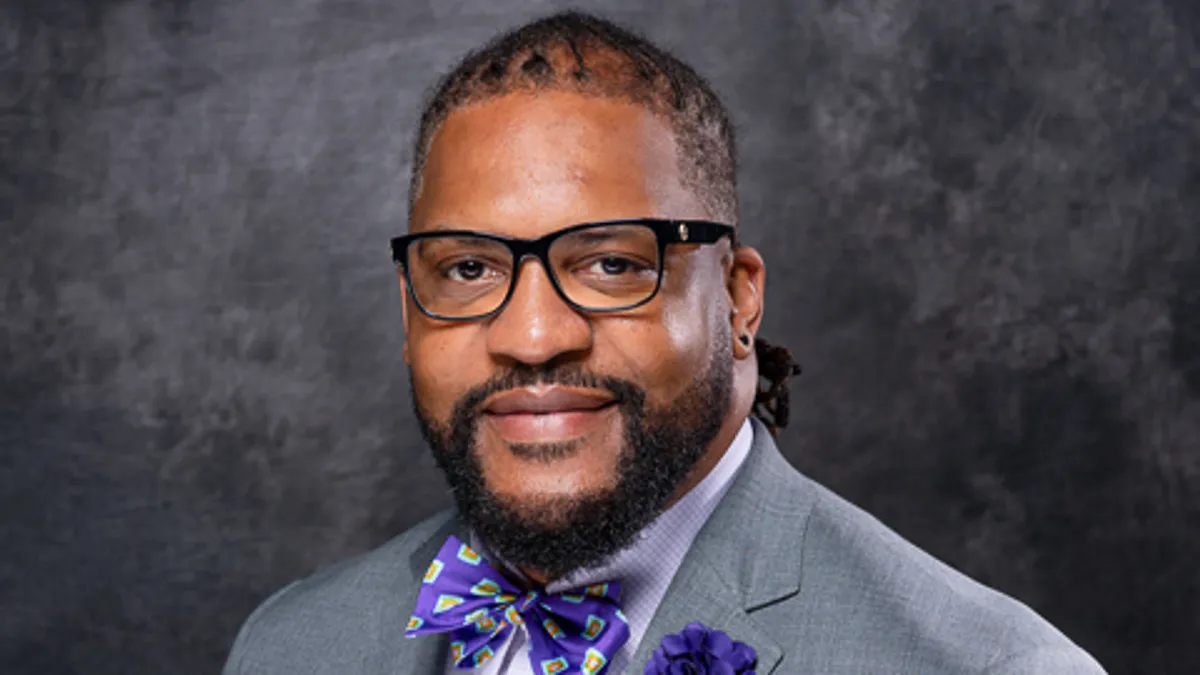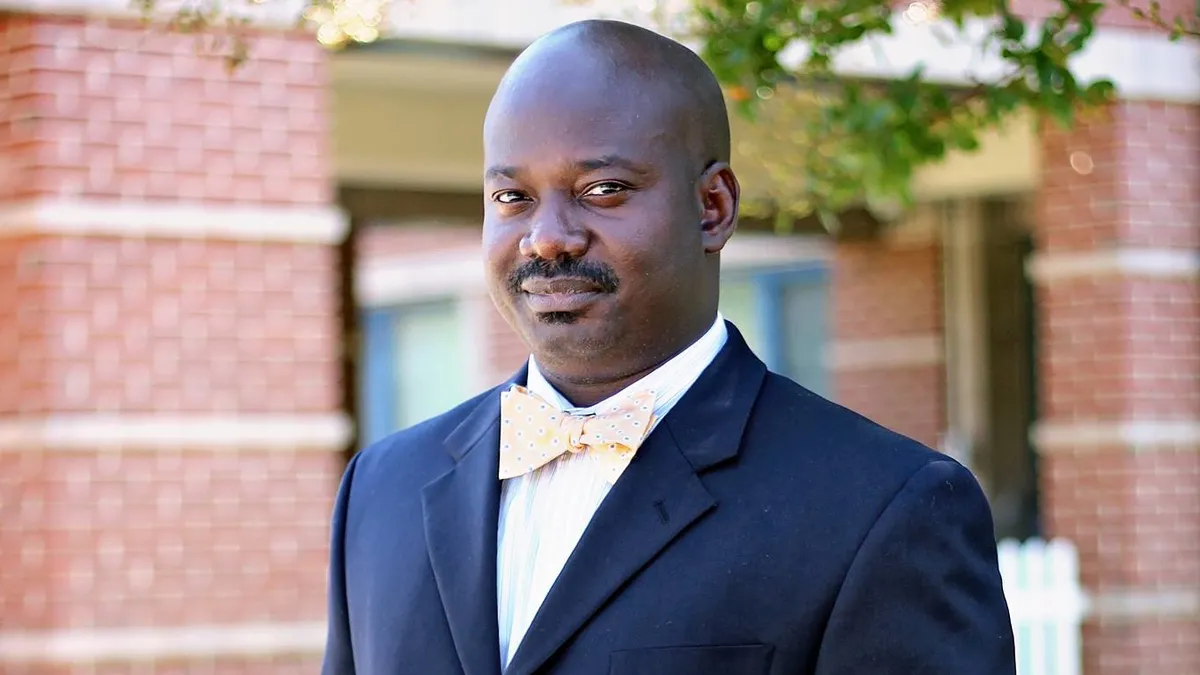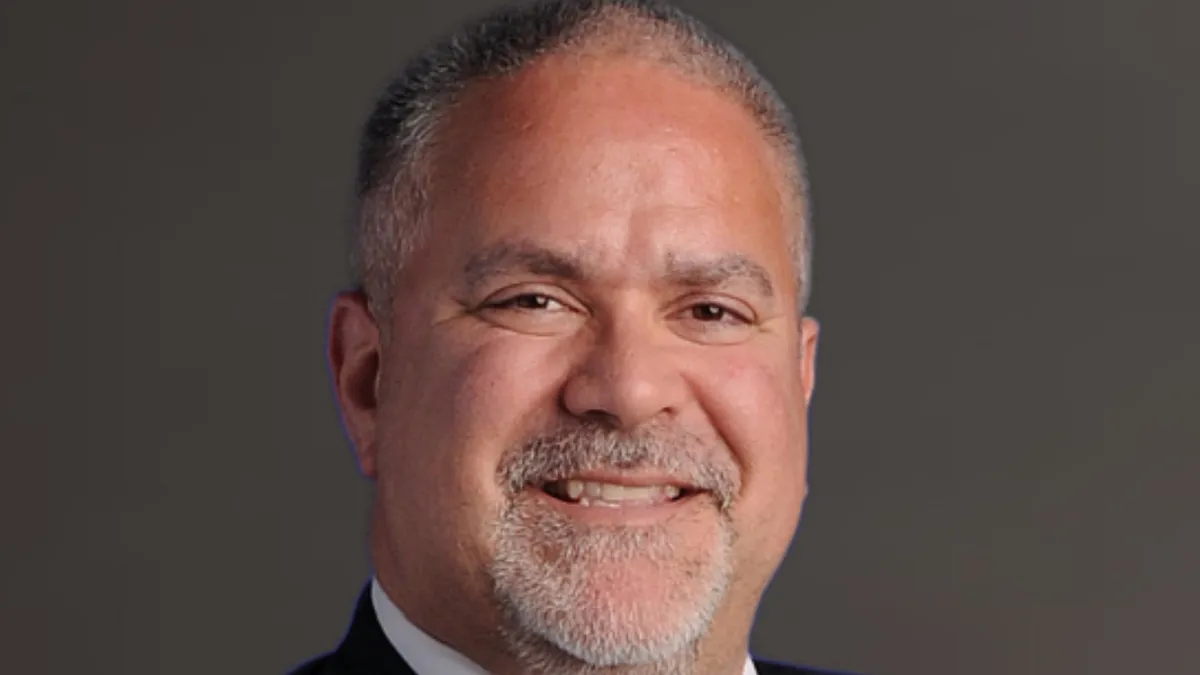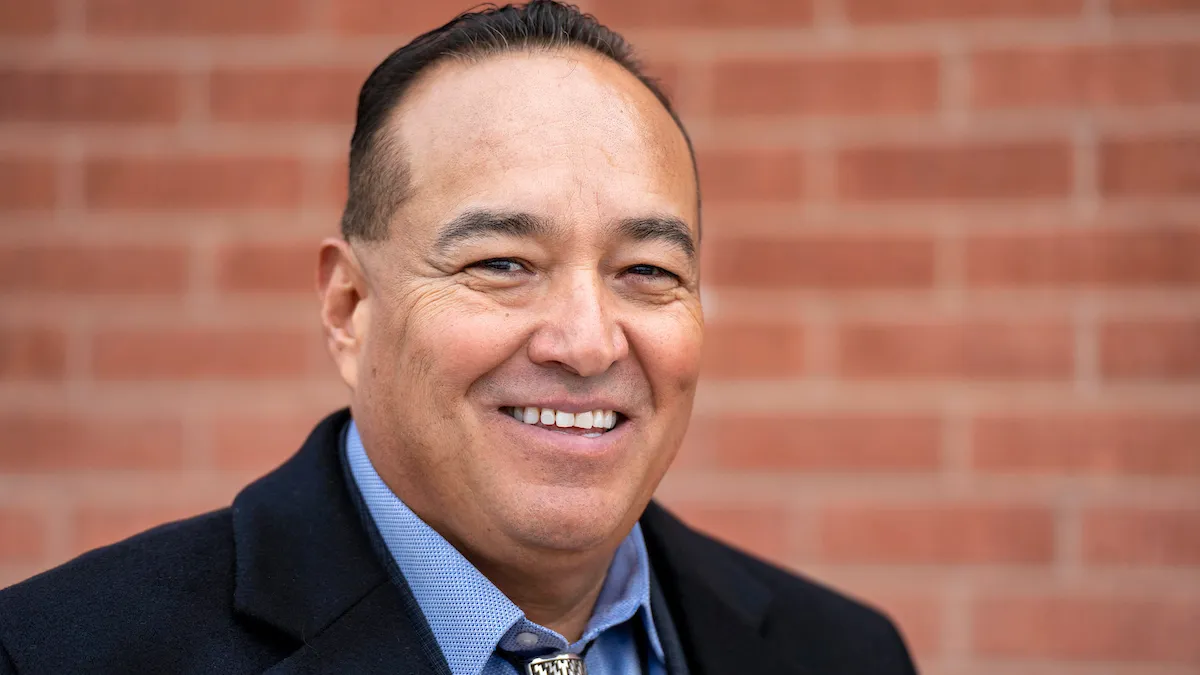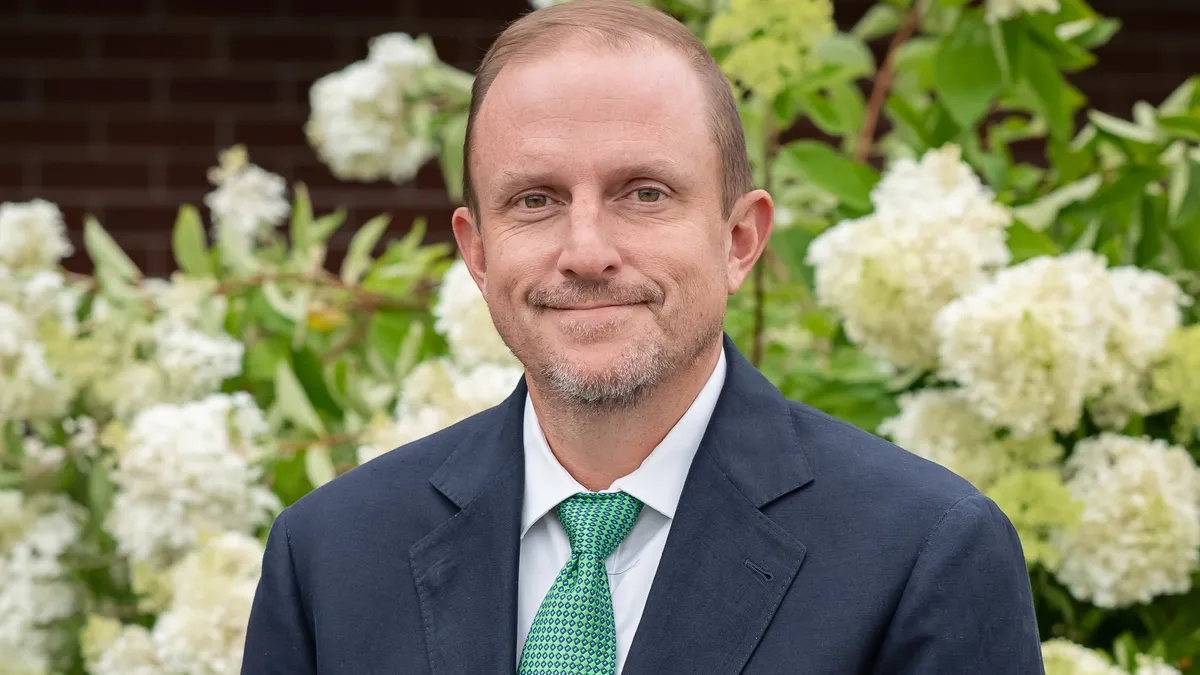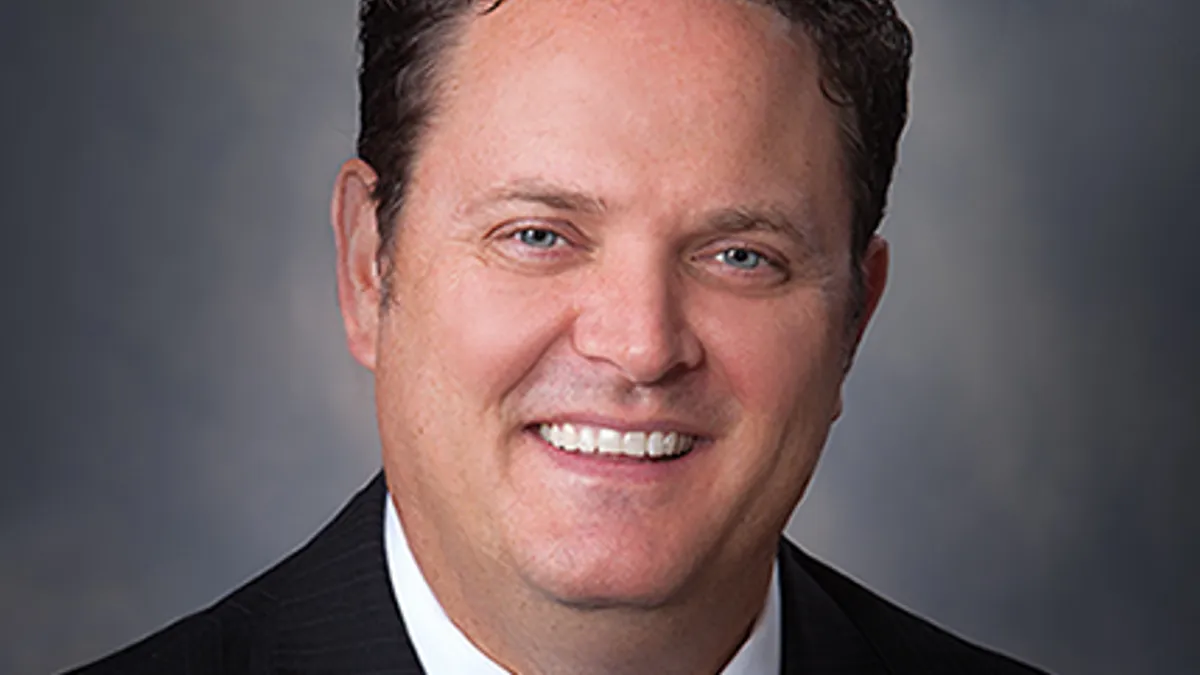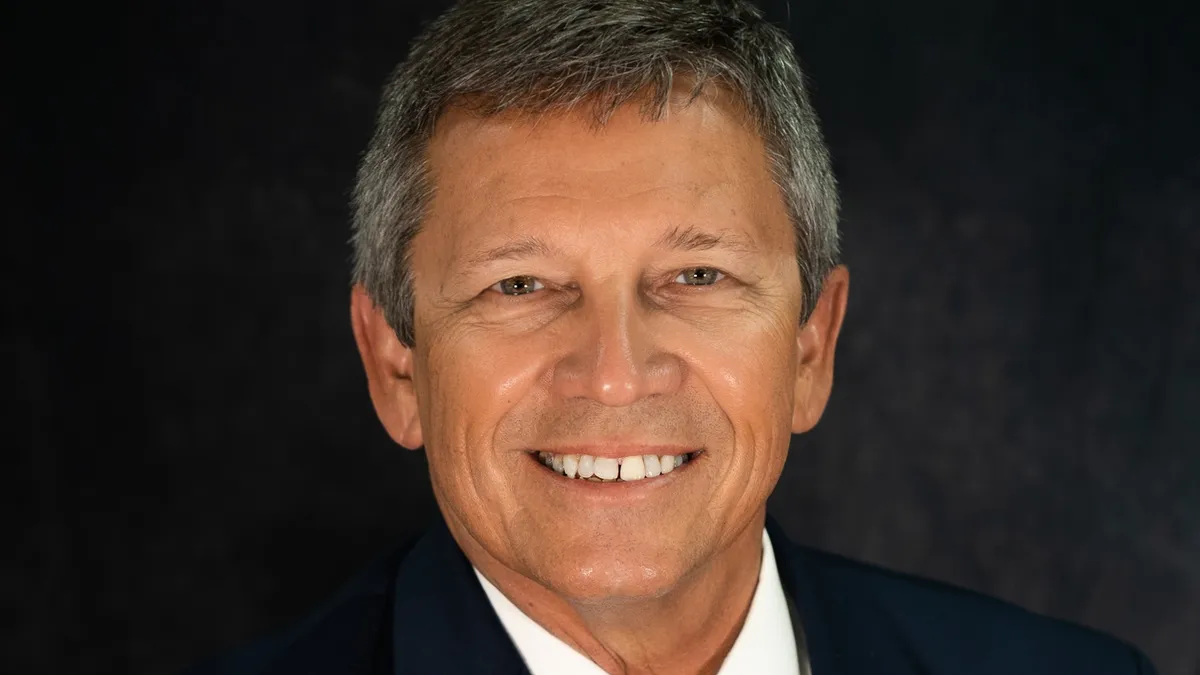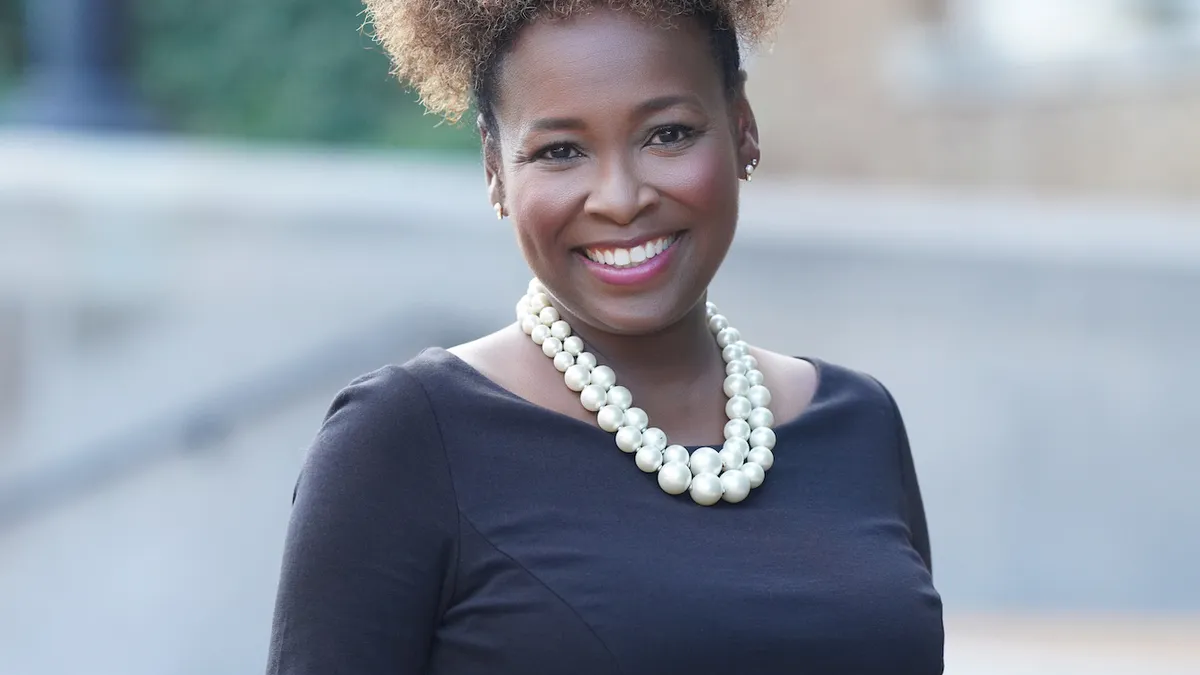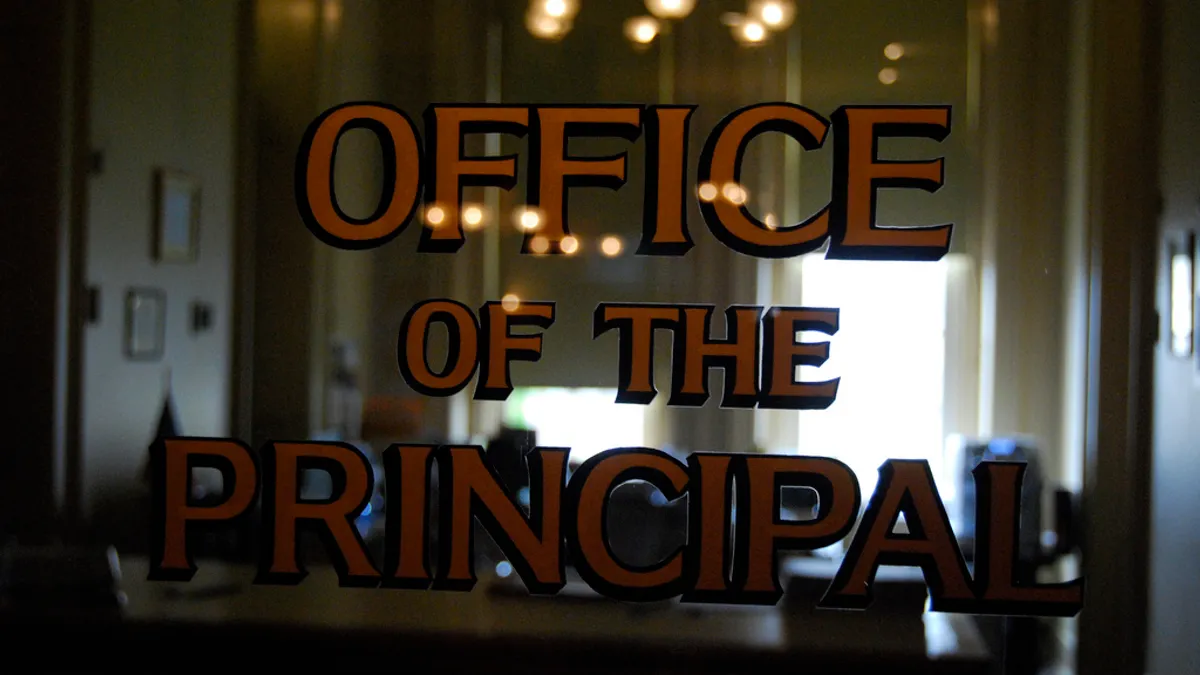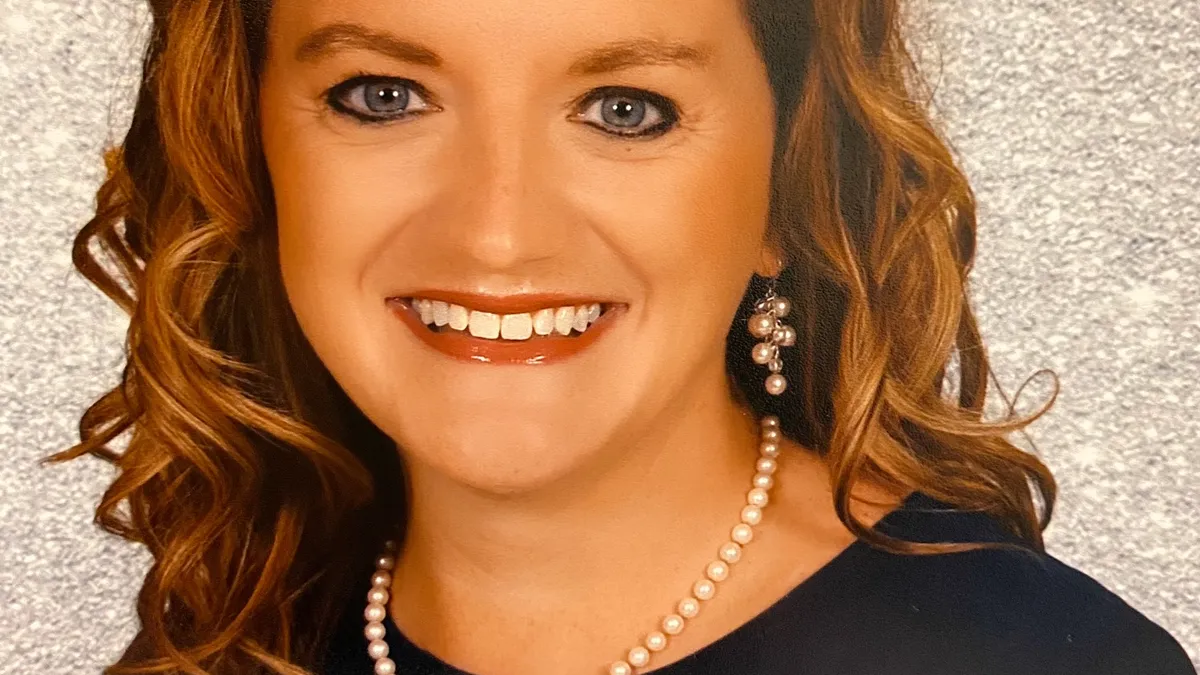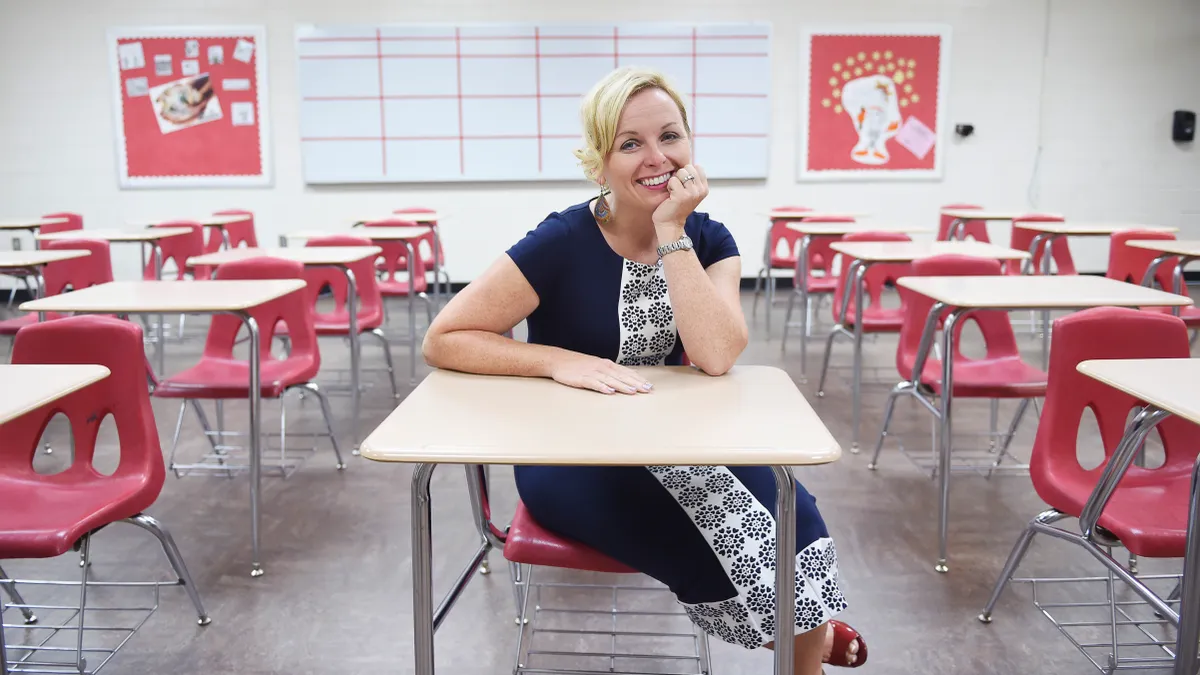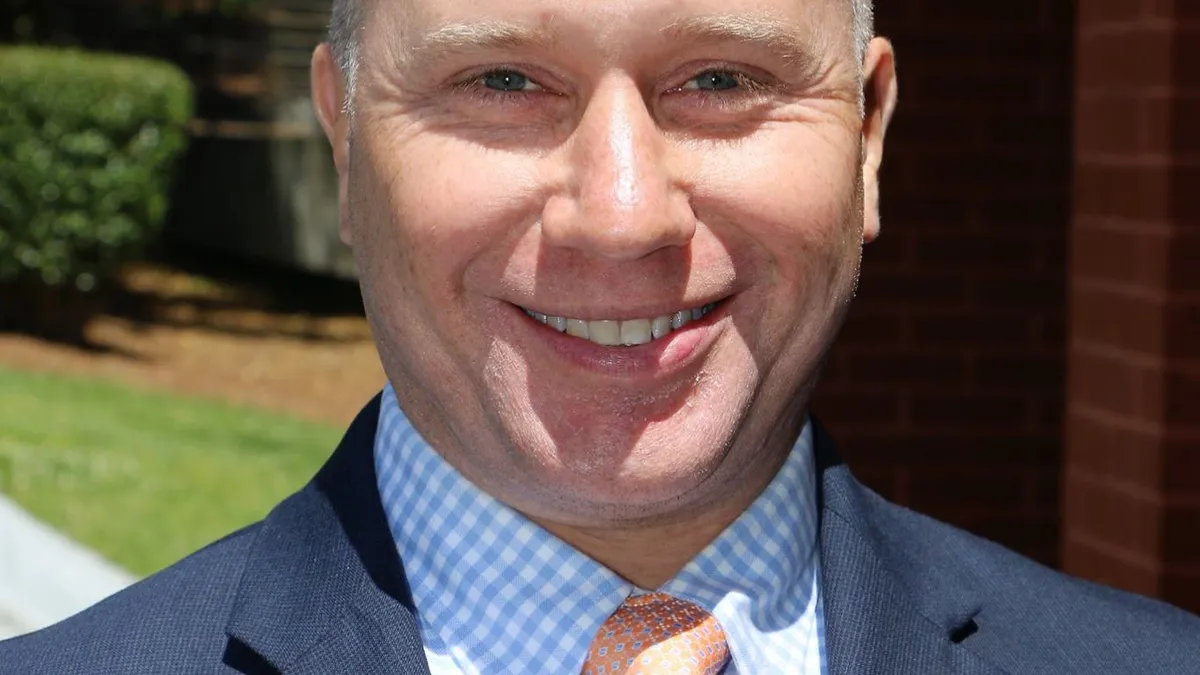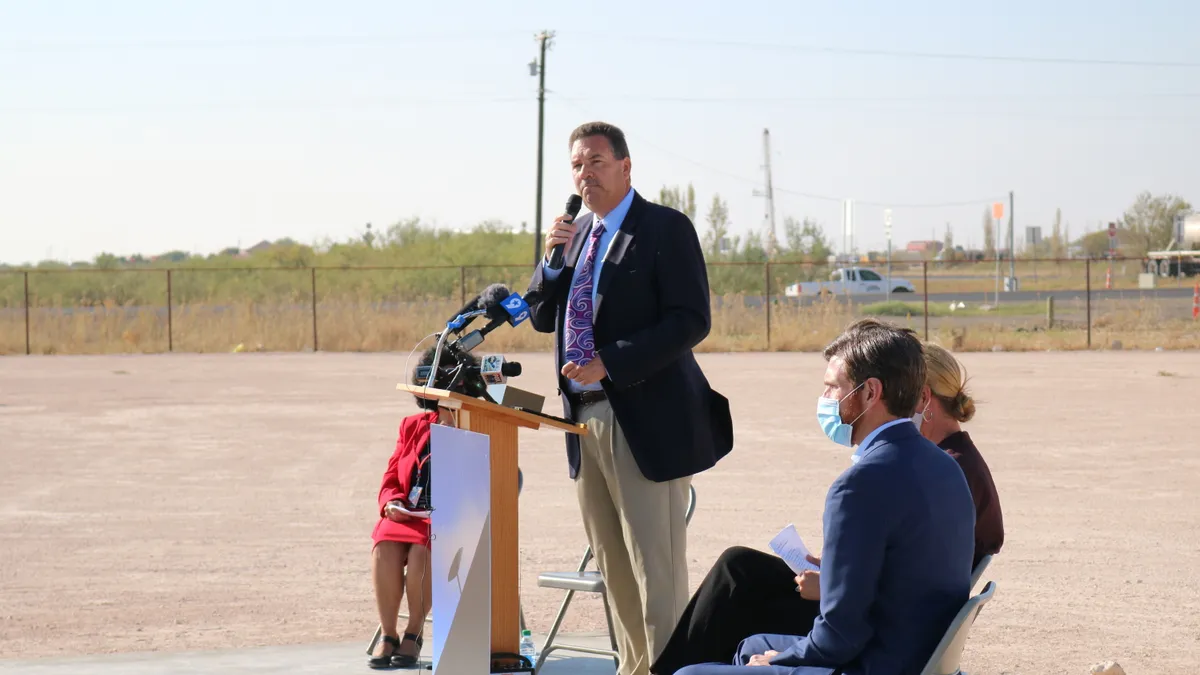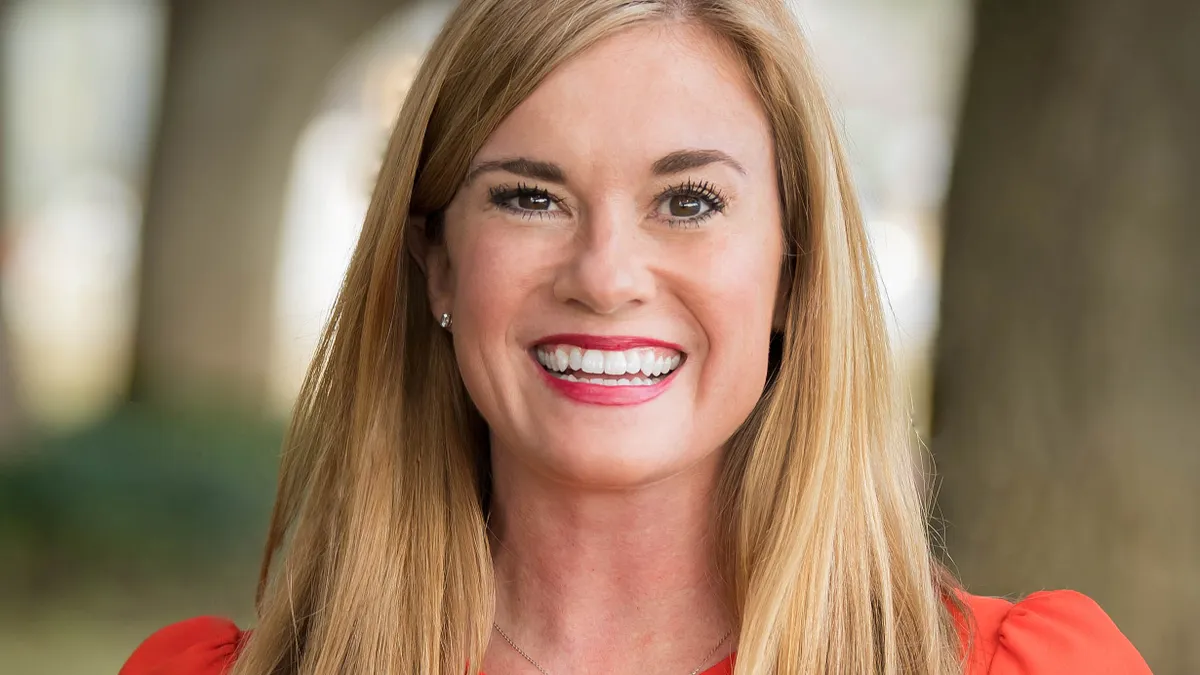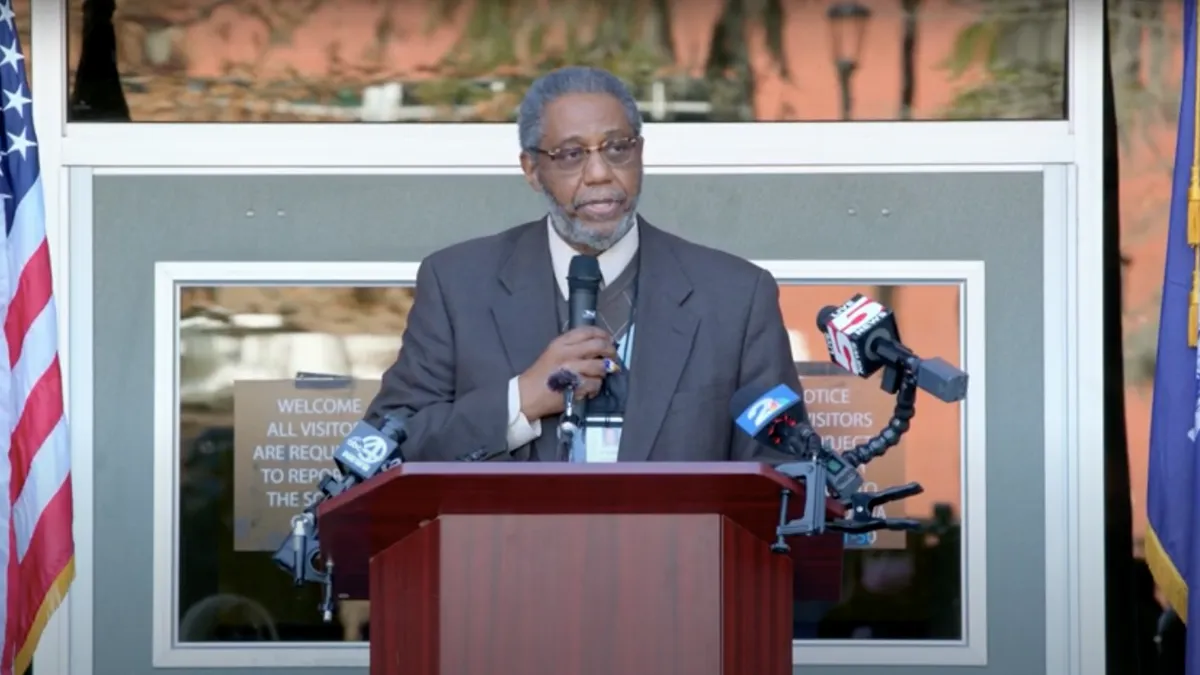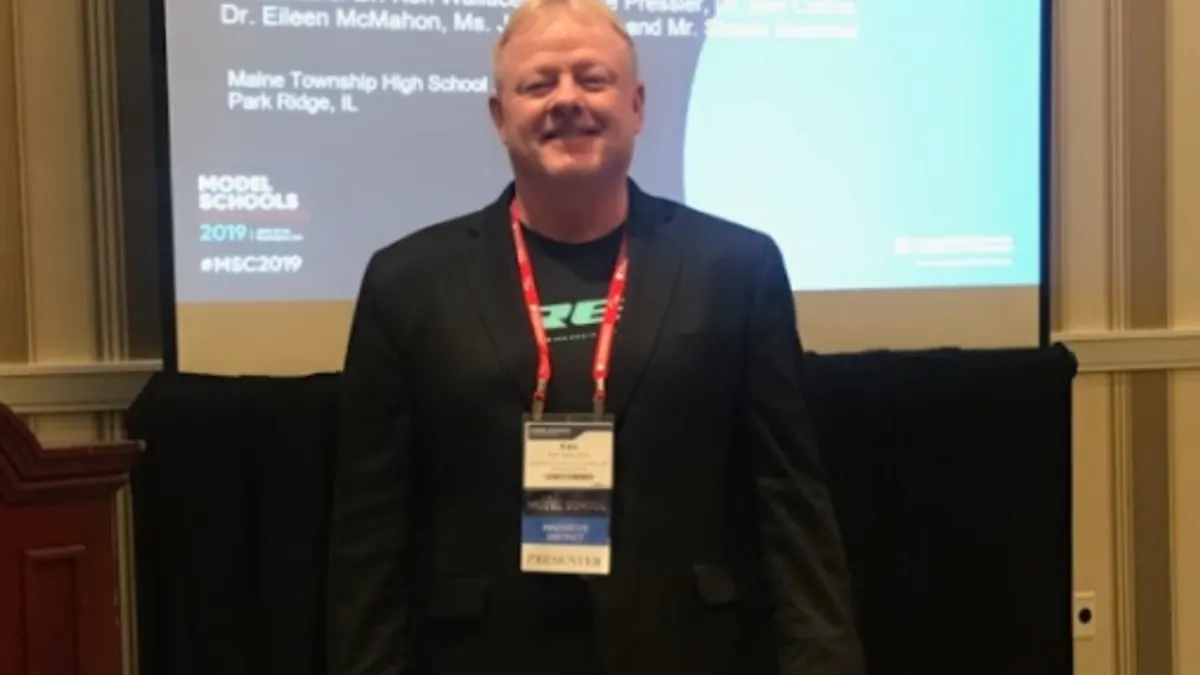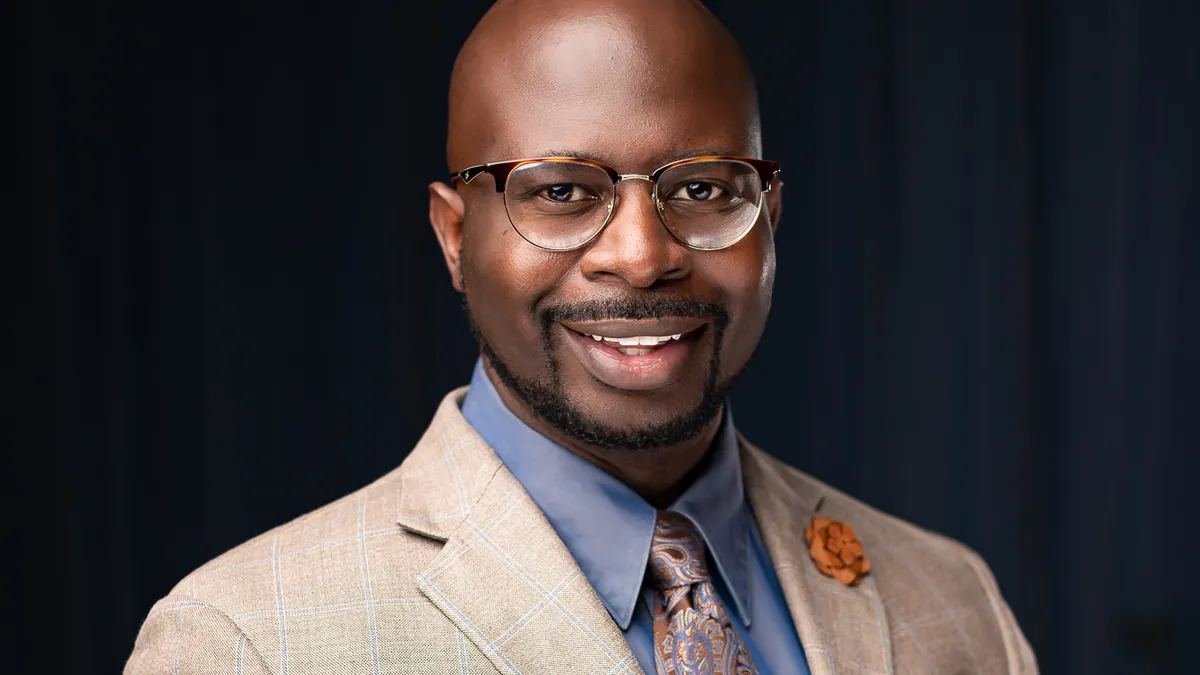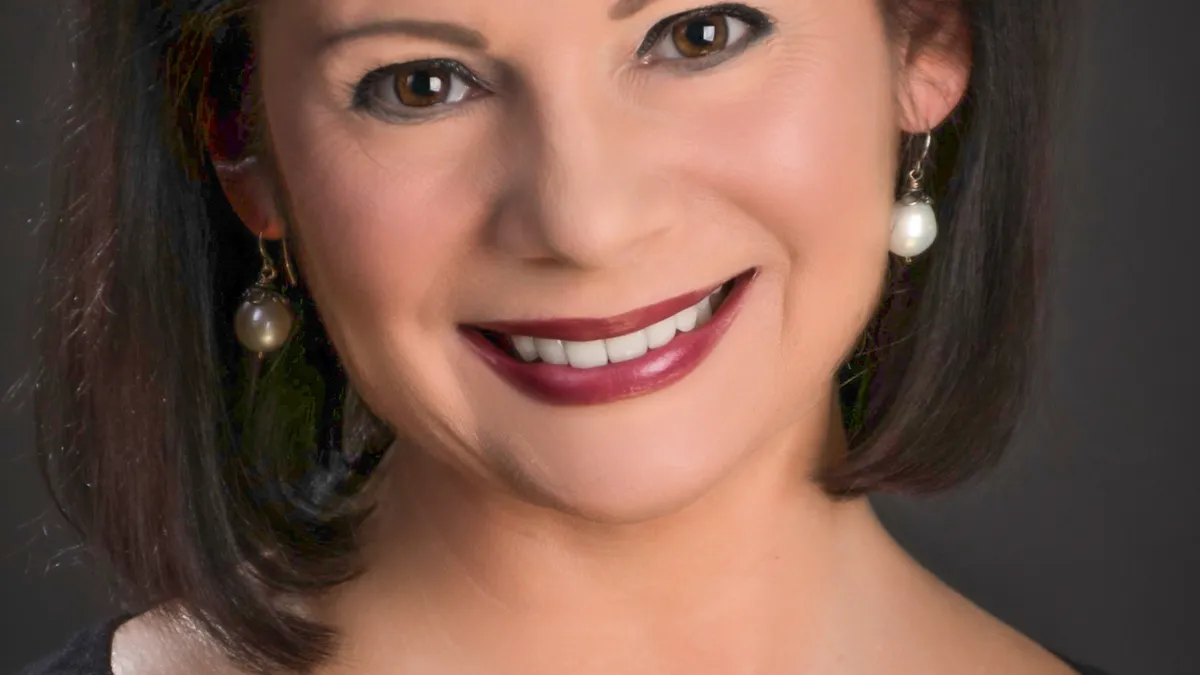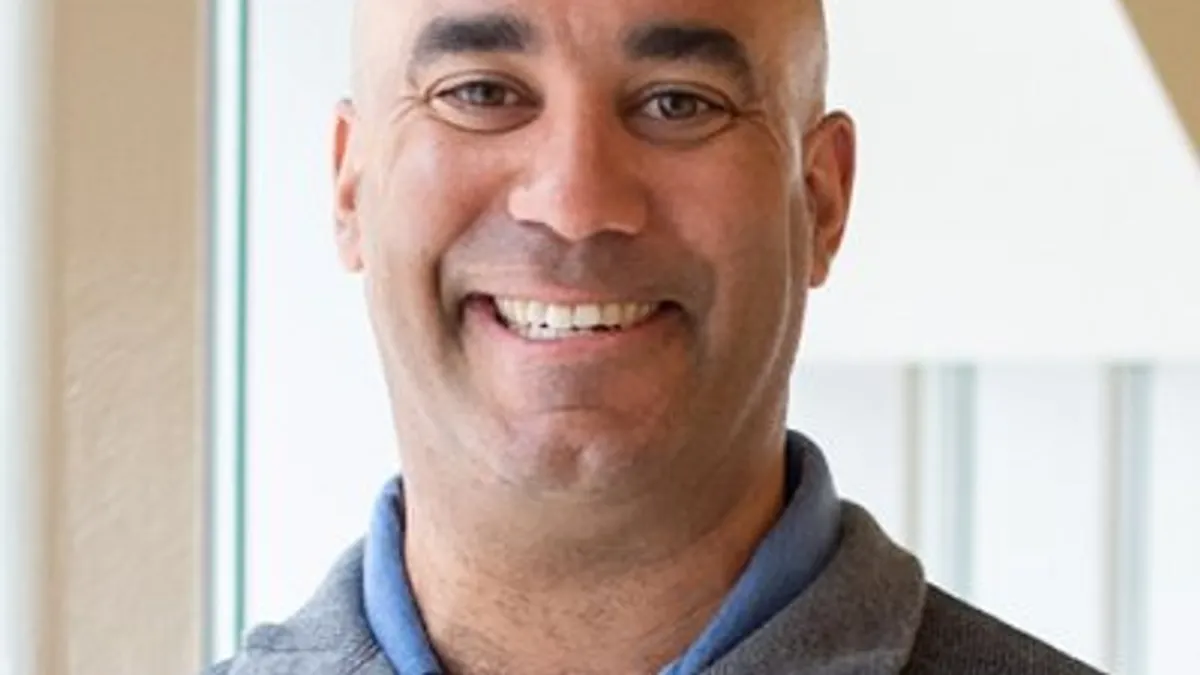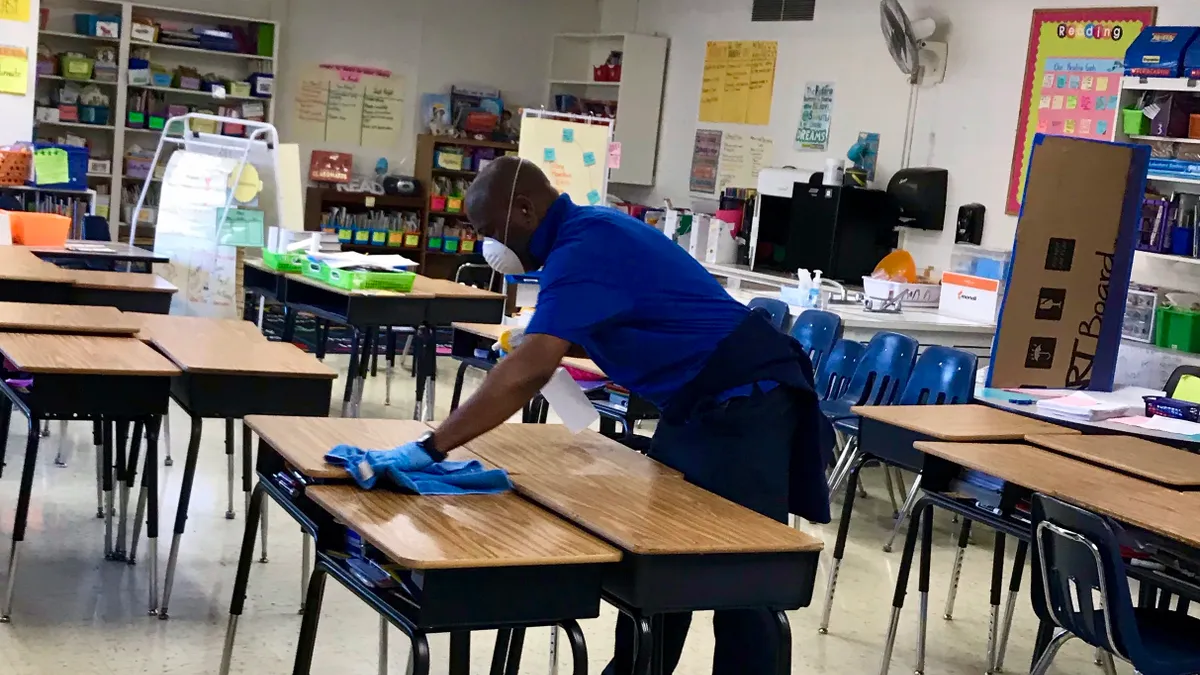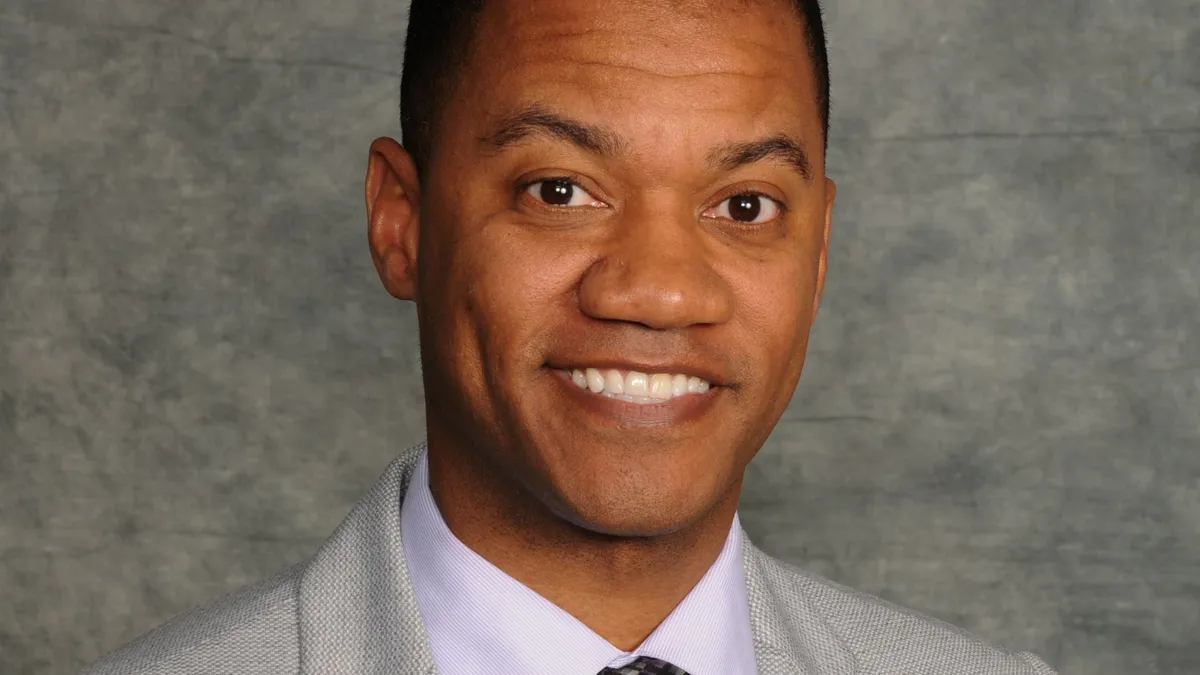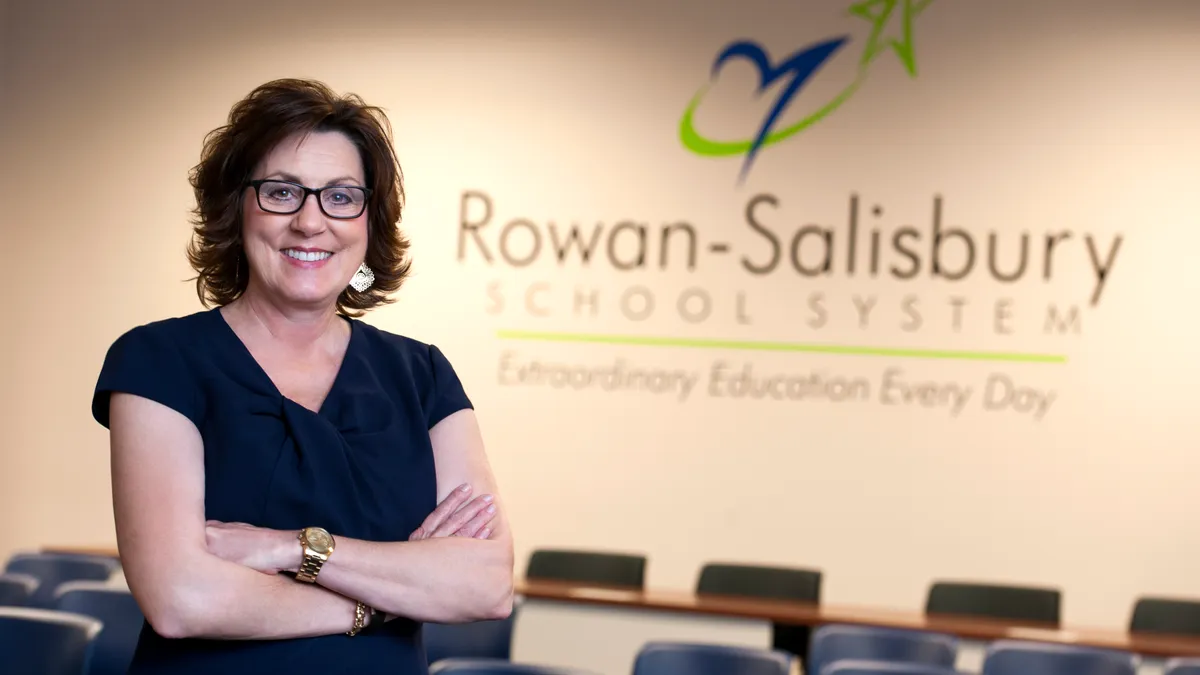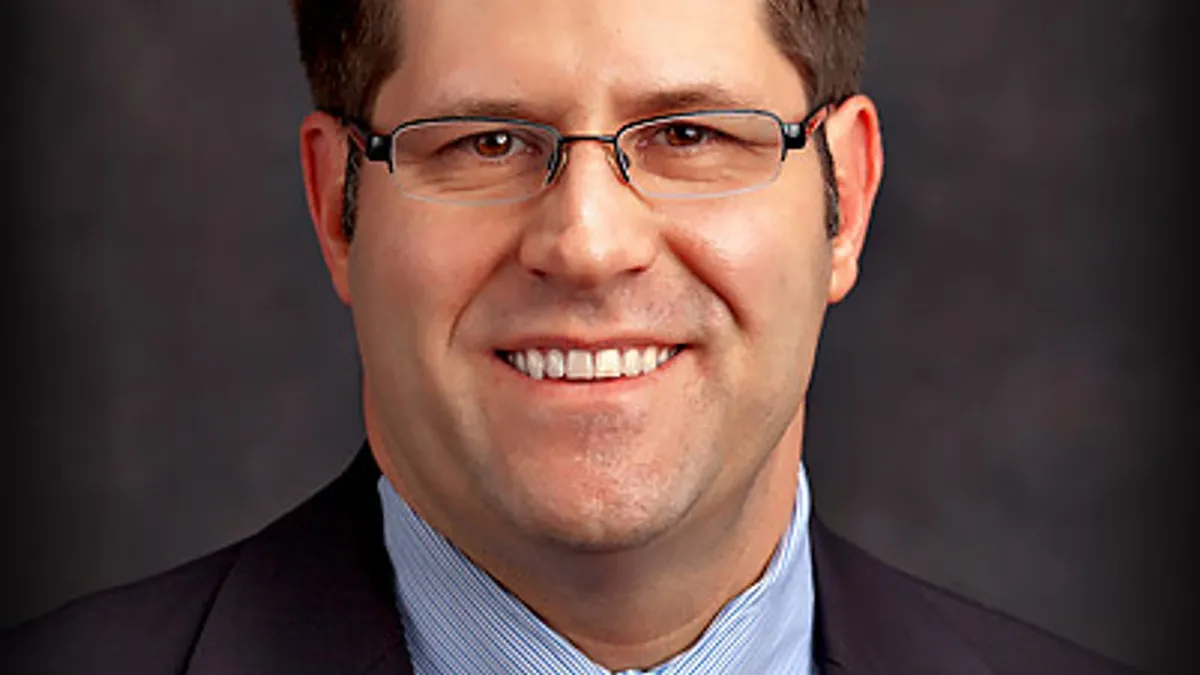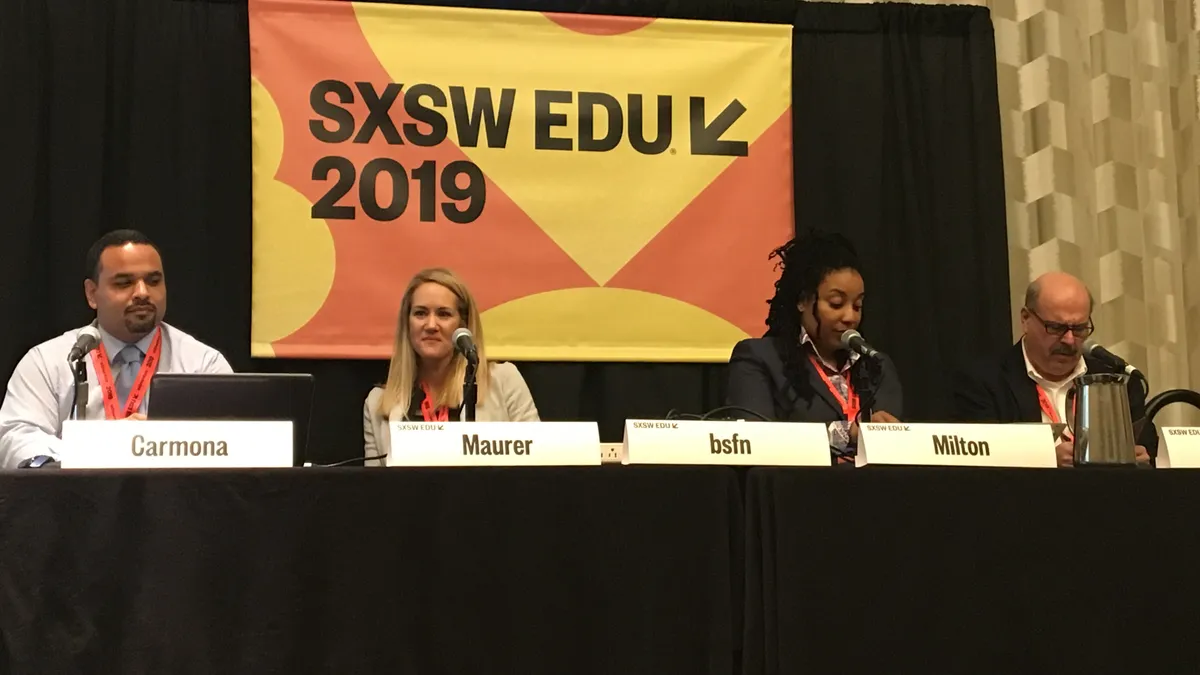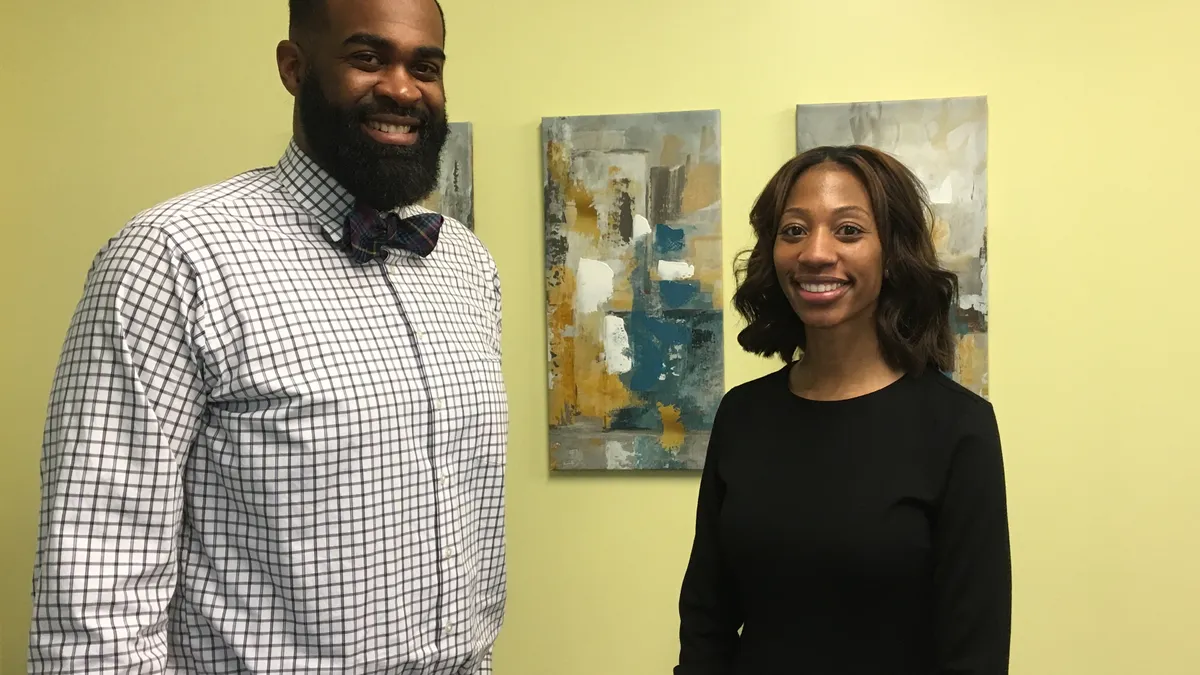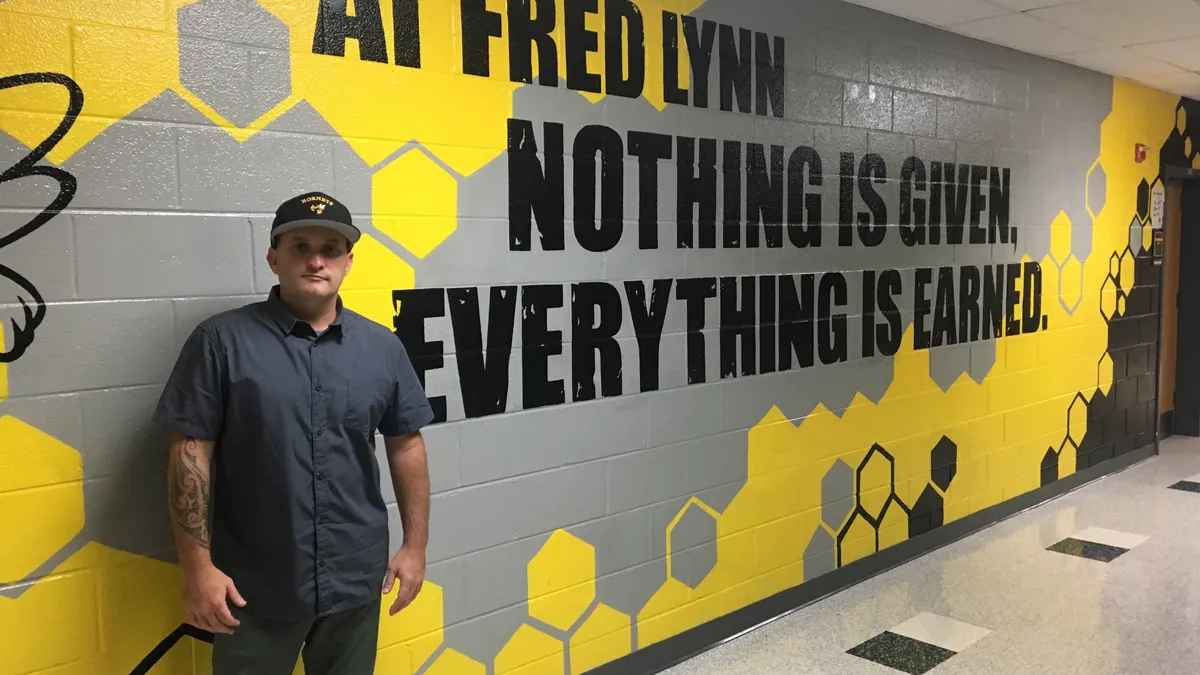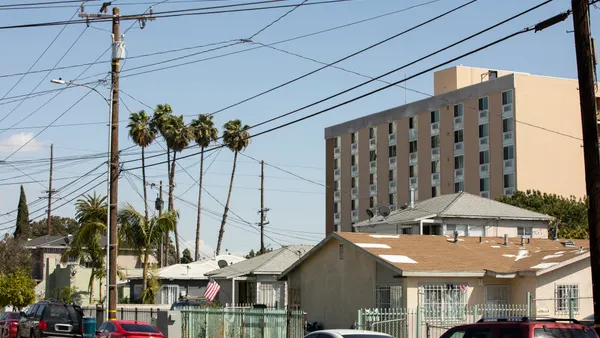Lessons In Leadership is an ongoing series in which K-12 principals and superintendents share their best practices and challenges overcome. For more installments, click here.
Since assuming the superintendency in Columbia, South Carolina's Richland School District Two in 2017, Baron Davis has overseen several key initiatives to diversify the school system's teacher workforce and academic offerings, as well as to fortify and enhance its facilities. Much of his two-decade career has been spent in the 27,000-student district, where he is also the first African American to hold the top leadership position.
During a recent conversation with K-12 Dive, Davis detailed his strategy for recruiting and retaining male teachers of color, the district's approach to magnet programming, and the importance of focusing on facilities maintenance and improvement.
K-12 DIVE: Recruiting and retaining male teachers of color is a growing area of focus in many districts. How are you doing that in Richland Two with the Premier 100 initiative?
BARON DAVIS: The Premier 100 was an initiative we started a few years back. We took a look at, of course, what the data was suggesting and telling us about the impact of having men of color in classrooms, particularly African-American men as relates to African-American children and the impact it had on those students’ graduation rates and the students' perceptions of themselves.
The students were more likely to not only graduate from high school, but also to enroll in college by simply having one male teacher [of color] in their classroom experience in elementary school. But if they had two, then the likelihood of them graduating and enrolling in college also increased.
This was also a combination of a lot of the work being done around the school-to-prison pipeline, where a disproportionate number of African-American male students are being recommended for expulsion, as well as being identified as needing services for special education.
Part of it could be part of a cultural mismatch. We wanted to ensure we were giving our students an opportunity to have diverse learning experiences by ensuring we could provide and put in front of them teachers from diverse perspectives.
The vast majority of your teachers in any given school district in this country are women. We had a decent representation of Black women in our classrooms, but we wanted to put some emphasis on having Black males in our schools. The national average is about 2%. We looked at where we were, and we were hovering very close to around 6%. And so my thoughts were, “What if we actually had some intentional practice or put some intentional work behind recruiting and attaining men of color? Could we get that number even higher?”
That's when we launched the Premier 100. That was our effort to identify, develop and retain men of color, specifically focusing on Black males. But we wholeheartedly look at men of color altogether and give them an opportunity to be intellectual giants in our classrooms, to be scholars in our classrooms, for our students from all diverse perspectives of life, and what they can bring to the table.
We put structures in place for mentoring. We've networked with our local HBCUs for recruitment purposes, as well as the Call Me MISTER programs throughout the state. We go out and bring them to our school district, give them an opportunity to see what it's like to be a teacher in our schools, and, once we have them, we partner them with mentors who are men of color already in our school district.
They have mentorship at their schools from their principals, and they also have a male of color as a mentor. And then we also create a network and experience where we meet with them once a month, and we do PD, and we just have general conversations around supporting and developing men of color in the classrooms. We do book studies and things like that to also strengthen them as practitioners and give them a sense of belonging in our school district.
What do you think are some of the factors over the years that have either prevented men of color from pursuing careers in education or from staying in the field?
DAVIS: I think there are several factors that probably prevent men of color from coming into the classrooms. There are still many Black males who are first-generation college students, and teaching doesn't pay a whole lot of money. That definitely has an impact on whether or not — you know, you've now gone to school and you’ve acquired debt. You want to try to choose a profession that's going to allow you to recoup some of those expenses and also repay for your education.
That's one, but I don't think it’s the greatest thing [holding men of color back in education]. Primarily, it's really the roles and responsibilities given to men of color in the classroom, to Black teachers in particular, and how they're being viewed in the field.
If they're not given an opportunity to become these intellectual giants they're capable of being — people who shape and influence curriculum, people who are given certain leadership opportunities particularly if we’re talking about the focus on curriculum and instruction — they’re sometimes relegated to these roles of disciplinarians or being seen as “Black boy whisperers” to deal with all the discipline problems that may occur within a school or the classroom.
It also starts with, sometimes, their experiences in education as children, and how they see teachers. They've not seen or interacted with enough men of color or enough Black male teachers in their classroom experiences growing up, so they don't really see themselves in those roles. And particularly seeing that role as being a prominent role and something they want to aspire to.
The messaging about education or being a teacher is difficult for many of them to accept and want to be a part of, because it is sometimes often a very negative connotation behind that.
One of your other focuses has been on the benefit magnet programs can bring to a district. How important is it to have those sorts of options available for families, especially as traditional school districts have to compete with an increasingly school-choice-driven environment?
DAVIS: The importance of magnet programs is specialized educational experiences, where there’s a certain curriculum we can offer where if you are interested in developing or being exposed to the specialized educational experience, then we have an opportunity to provide that experience for you and give you choice within your school district.
But when we can also provide those choices school-wide, it makes that entire school program available to all the students within that school. For example, at one of our elementary schools, we have a coding magnet program. Most of our magnet programs at the elementary level are school-wide. It gives you an opportunity for all students within that particular school to be given the exposure to coding and, hopefully, reduces the desire to maybe leave or seek choice outside of your school, because we believe every school in our school district is an excellent choice. We say we're a district of choice where every school is an excellent choice, and that includes your home school, as well.
But our magnet programs give us an opportunity to provide specialized educational experiences for our students. And the importance of that is we don't want to ever portray that our magnet programs are providing a superior educational experience for our students [compared to] if they're not in a magnet program. Our magnet programs are designed to provide a specialized educational experience, and our non-magnet programs are just as rigorous and strong, but not as specialized.
Our magnet programs have themes around them because they are specialized in a particular area, but we've tried to provide our families with enough choices where they can find something within the school district that will allow them to meet the specialized academic needs of their students.
The distinction you made there is interesting, too, because everyone kind of learns in different ways or needs different things from their learning, so one high-quality option still might not be the best fit for some students versus others who thrive well in a more specialized kind of program.
DAVIS: Exactly. We'll have a magnet program, for example, in the middle school that specializes in entrepreneurship or basically in business called “Inc.” And then we'll have another specialized program that's based on the learning collaborative. This is about collaborative learning and community learning. There’s magnet programs that may be specialized in math and sciences, or magnet programs that have an arts flavor to it for students who have an artistic talent.
And then at the high school, we have our performing arts magnet program, as well as we have a program that is one of our oldest programs — a math and science magnet program called “Discovery.” We want to just kind of give our parents an option to say, “OK, this is what I know about my son or daughter. This is what I believe their skill set is, but more importantly, this is where I feel their gifts and talents are.”
You look at our vision statement, and part of it is to afford the opportunity to maximize gifts and talents. We look at the various programs we offer — some magnet, some not — but there are still programs out there that we offer that try to maximize the gifts and talents where parents can find opportunity to maximize their sons’ and daughters’ gifts and talents within our schools. That's why we try to give them as many choices as we possibly can between the different programs.
Facilities improvement gained a lot of attention before and during the pandemic, and has also been a focus in your district. What are some of the steps you've taken on that front, as far as recognizing facilities improvement is a must-have, and not just a nice-to-have?
DAVIS: What you start out with is how does learning take place in your school? Is learning still taking place in early 20th-century classrooms? Is it still taking place within those four walls? Are classrooms flexible or are they fixed and finite? Are they accommodating to today's learner? What are the things you've learned about how students learn best in schools today?
That's from the instructional piece of the classroom: Is the classroom flexible enough to support learning today and tomorrow? The farther you get behind that curve, the harder it's going to be to keep up. It's like infrastructure in the country — the worse infrastructure gets, the longer you go without addressing infrastructure, the worse it’s going to be.
From an infrastructure standpoint, the other issue is with safety. How safe are your classroom spaces and your learning spaces, your district office spaces? How stable are those? You’ve gotta make sure you have the appropriate technology and the appropriate amount of balancing the softness and inviting atmosphere you want to create in a learning space, but also the nuts and bolts and the hardening of schools to ensure once your sons and daughters are dropped off that there's a high level of safety.
I think many of our parents and community have a certain expectation for those types of schools and what it does for the overall morale of the students, the classroom teachers, the community.
We are very blessed and fortunate in Richland Two to have a community that does put this as something important to have. We passed a bond referendum back in 2018 that really addressed our facility needs for our schools. That allowed us to upgrade certain facilities and, if we need to, demolish old facilities and replace them with more modern facilities.
We’ve had the ability to do that by getting the bond passed. I think it was $468 million in 2018, which included the rebuilds of certain schools, renovations of other schools, additions at certain schools, athletic facilities.
We chose to add an additional fine arts performance center, because we have a high number of students who participate in fine arts, and we didn't have a fine arts performance center and neither did our community. That facility is going to be very community centered, and many programs we have in our community, like our dance programs that are outside of the schools, will probably host their events in a facility such as our upcoming fine arts performance center.
Putting an emphasis on those things, our community supported that bond referendum overwhelmingly — I think by about almost 60%. That referendum is the single biggest bond referendum for public schools in South Carolina history. It tells us our community does definitely support that.
But it also goes to the previous [superintendent’s] administration along with this administration and the community and having an emphasis on maintaining the facilities we had to a high level, a high standard of expectations of what those facilities are supposed to look like — whether the cleanliness of them, the repair and upgrade and maintenance, the outside aesthetic of those facilities regardless of how old they are — because we have some buildings built in the ’50s.
We've done a really good job of maintaining and taking care of those facilities, but at some point, they get to a point that, no matter what you do, it's not going to be.


